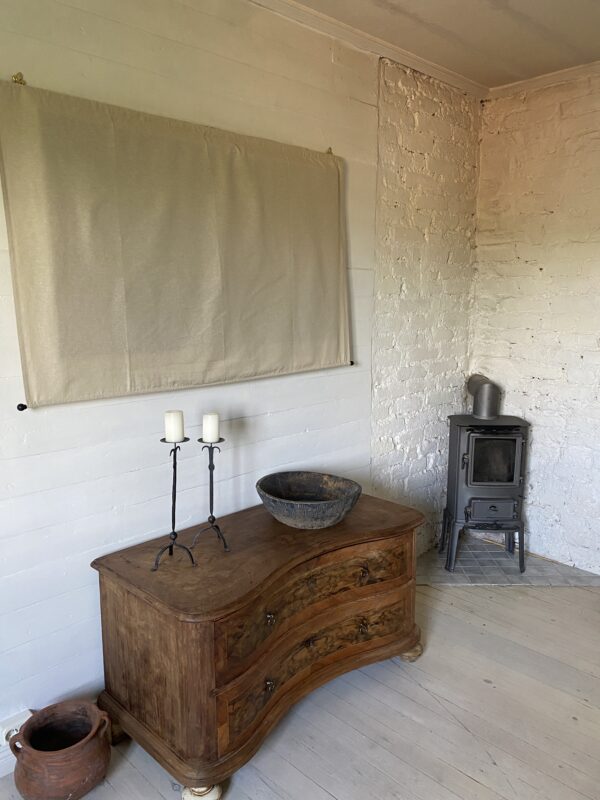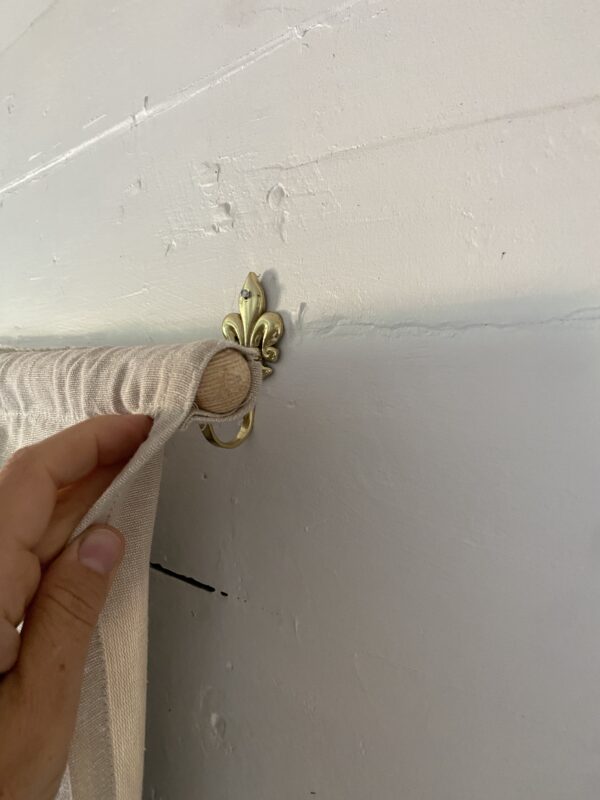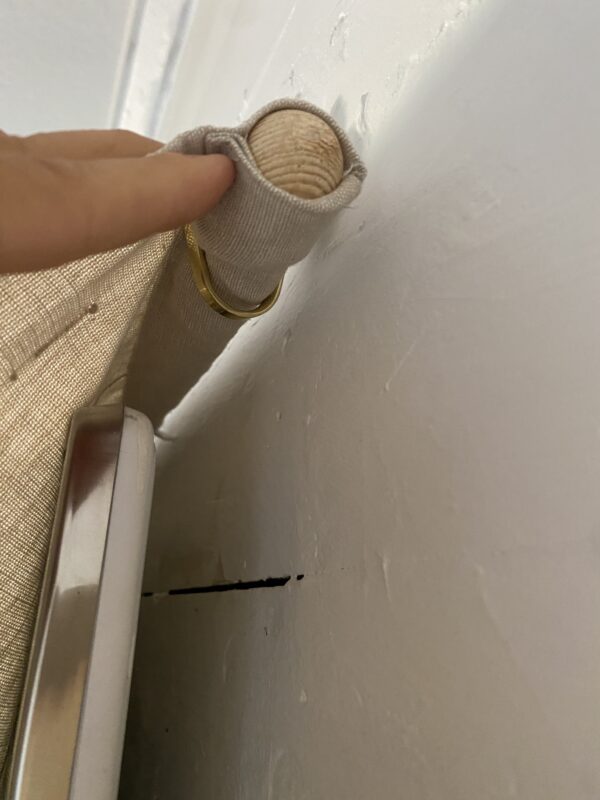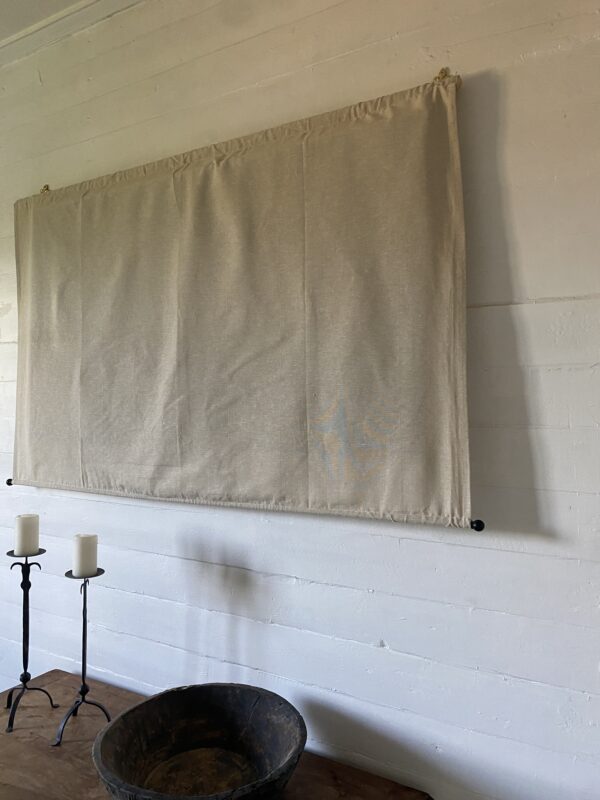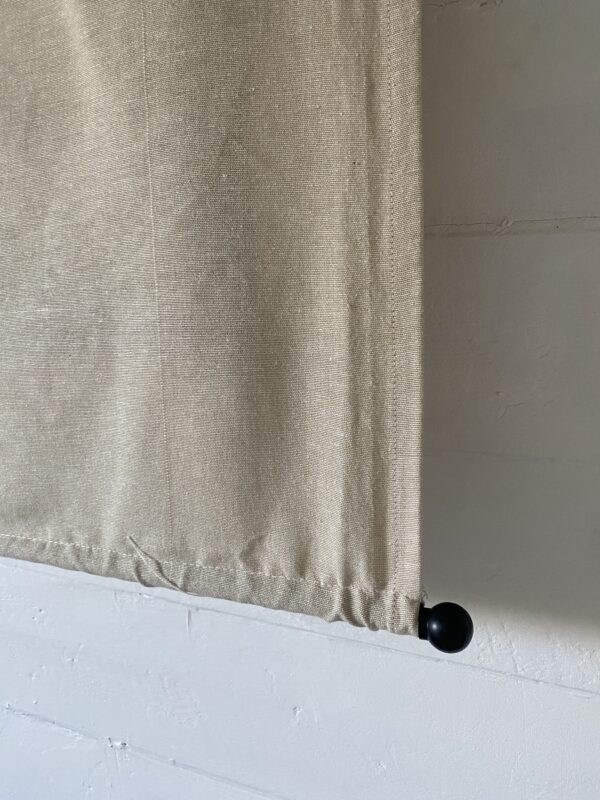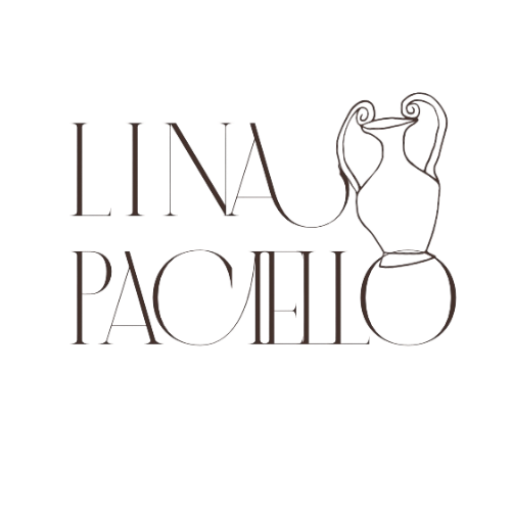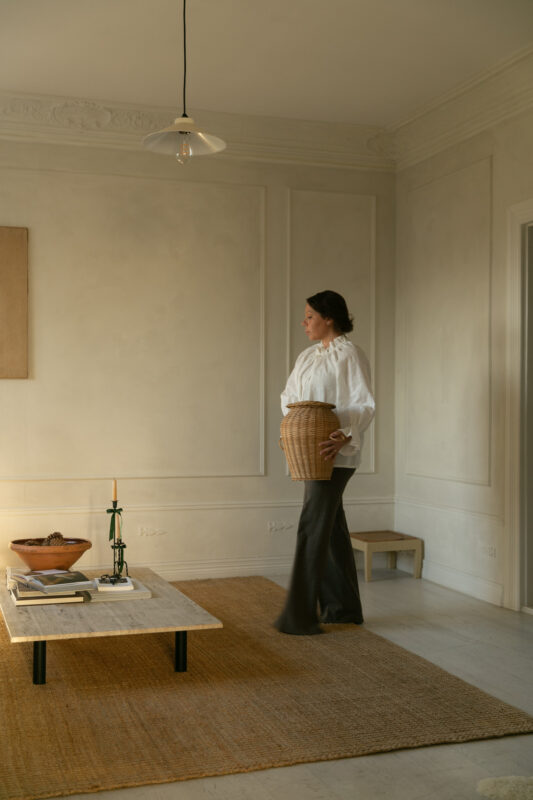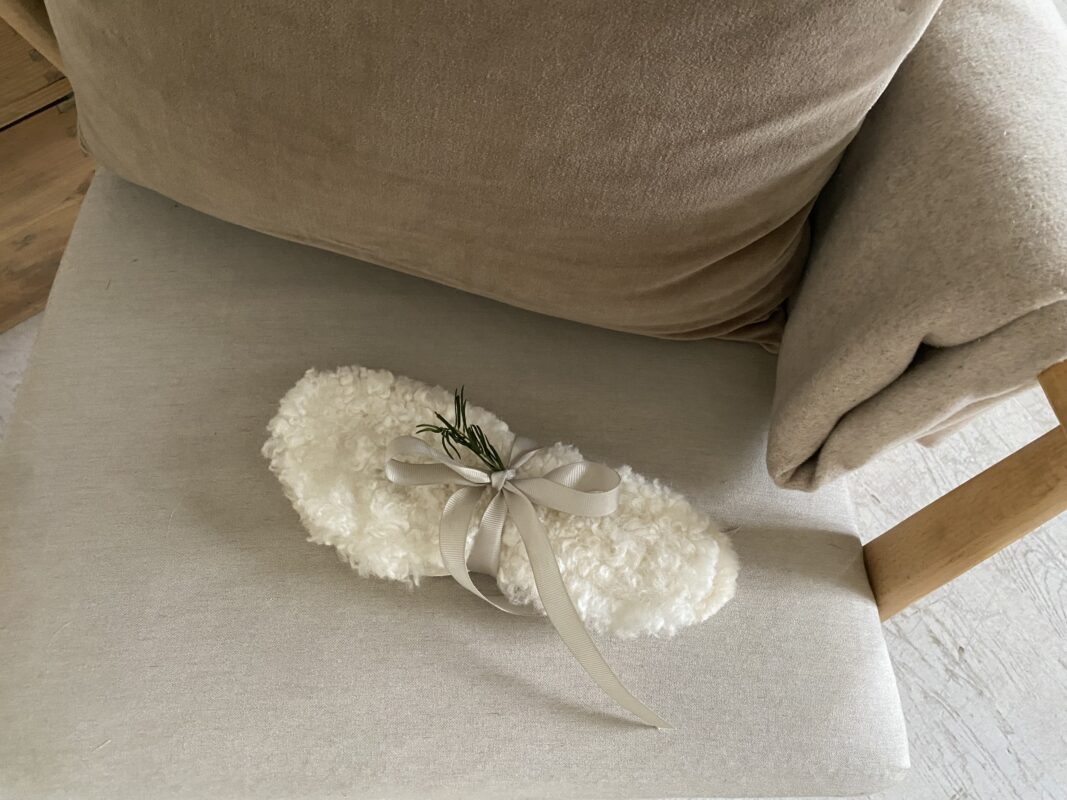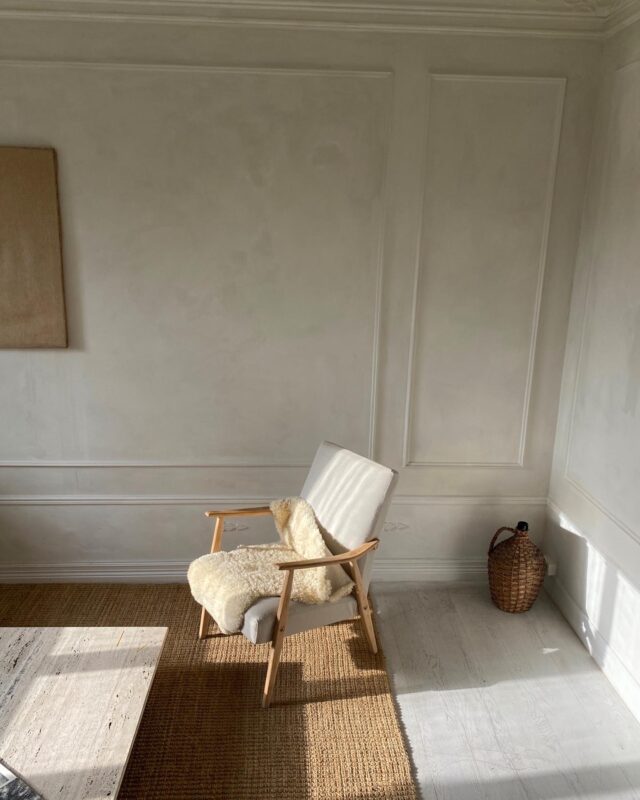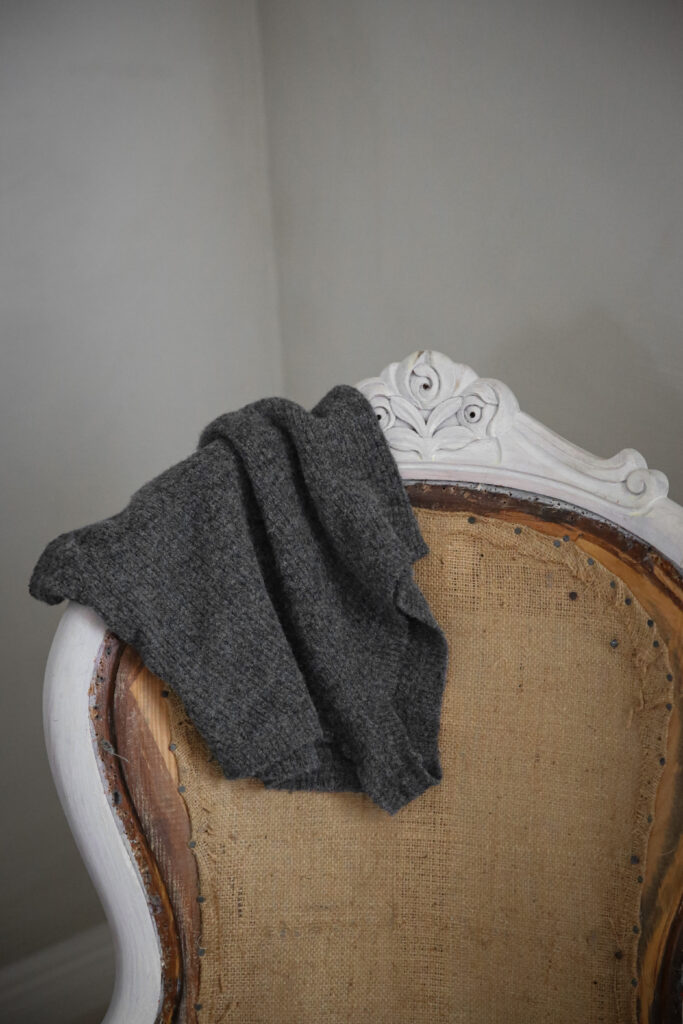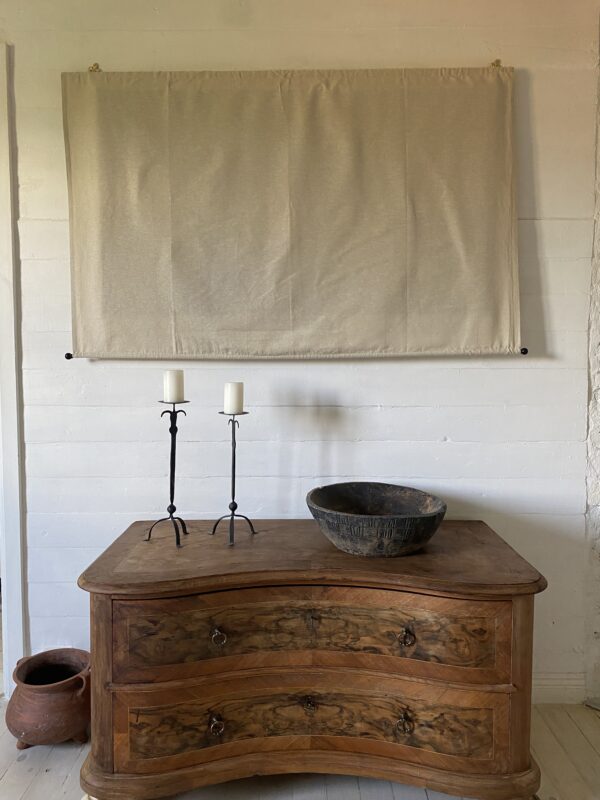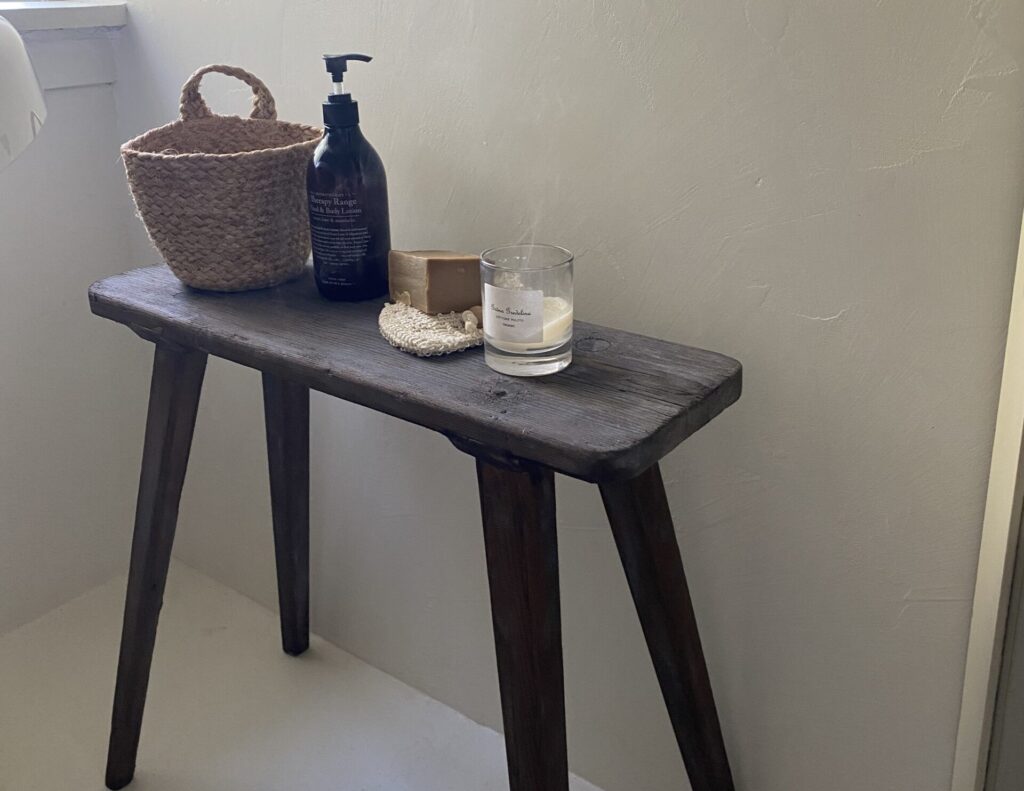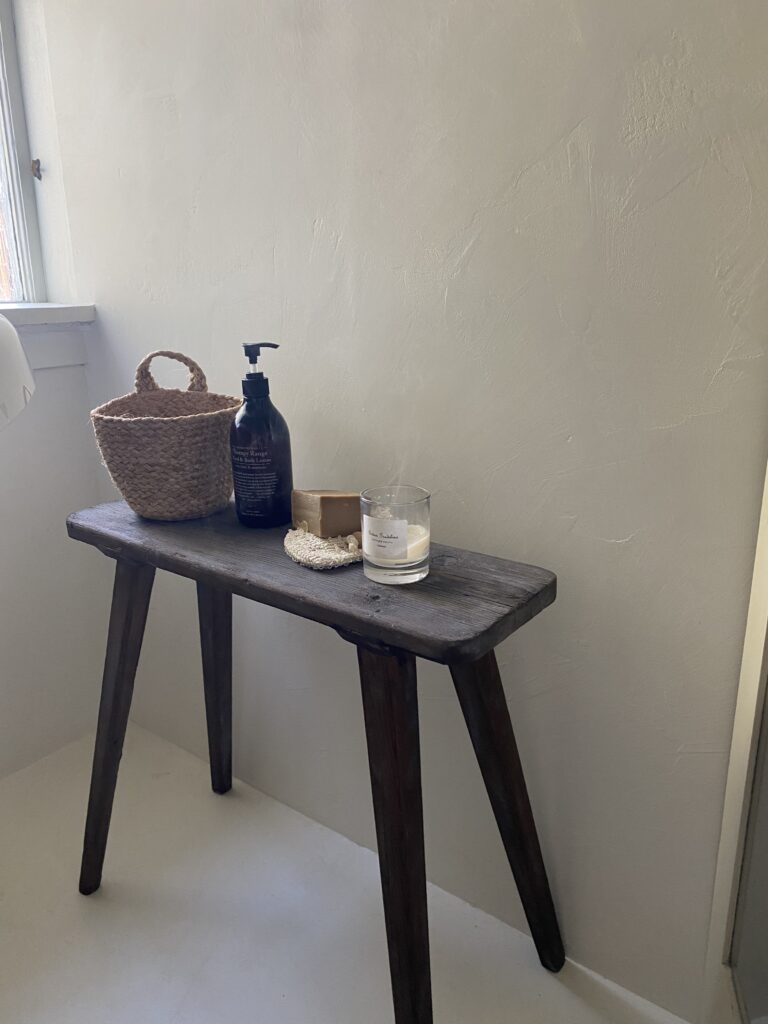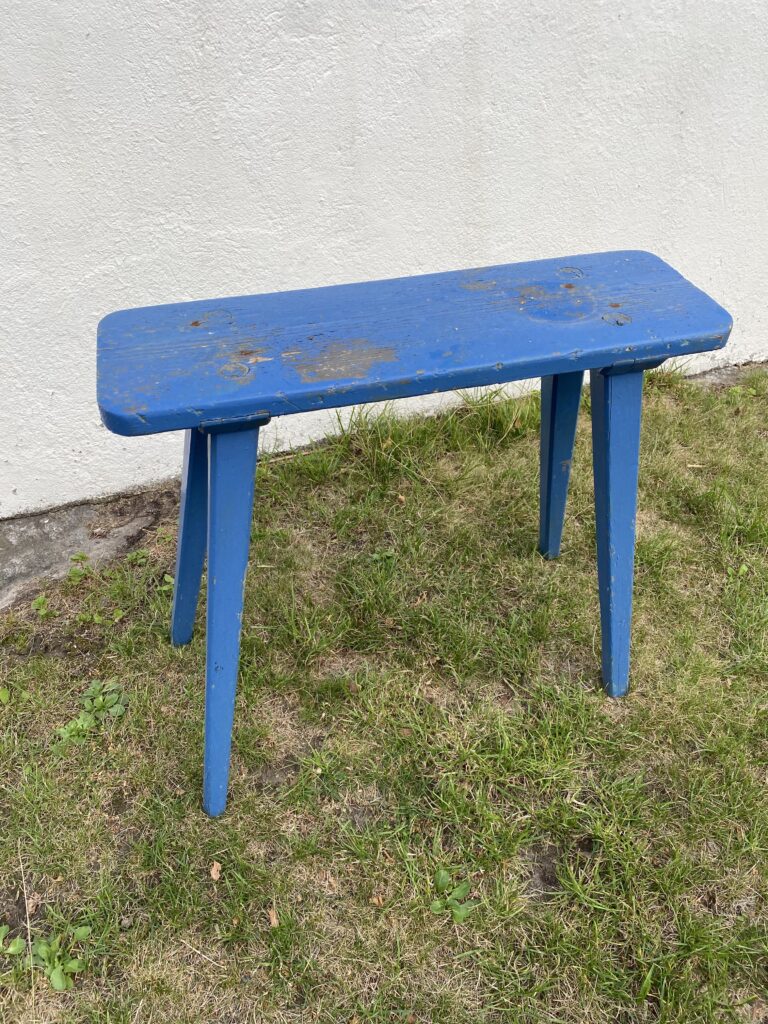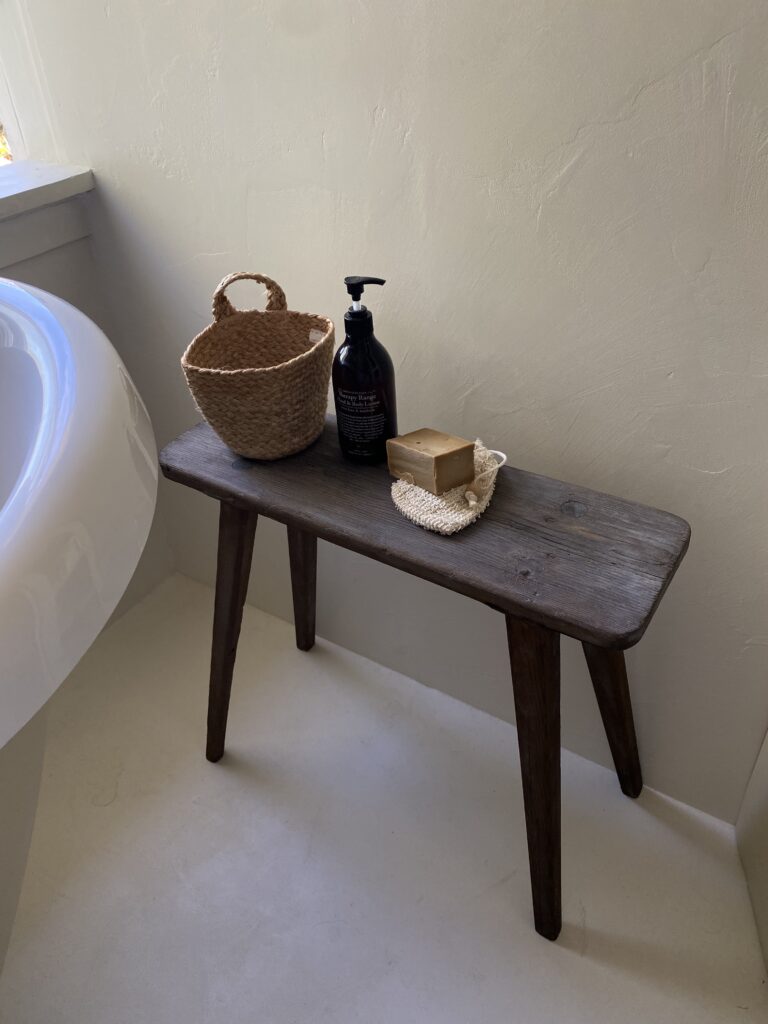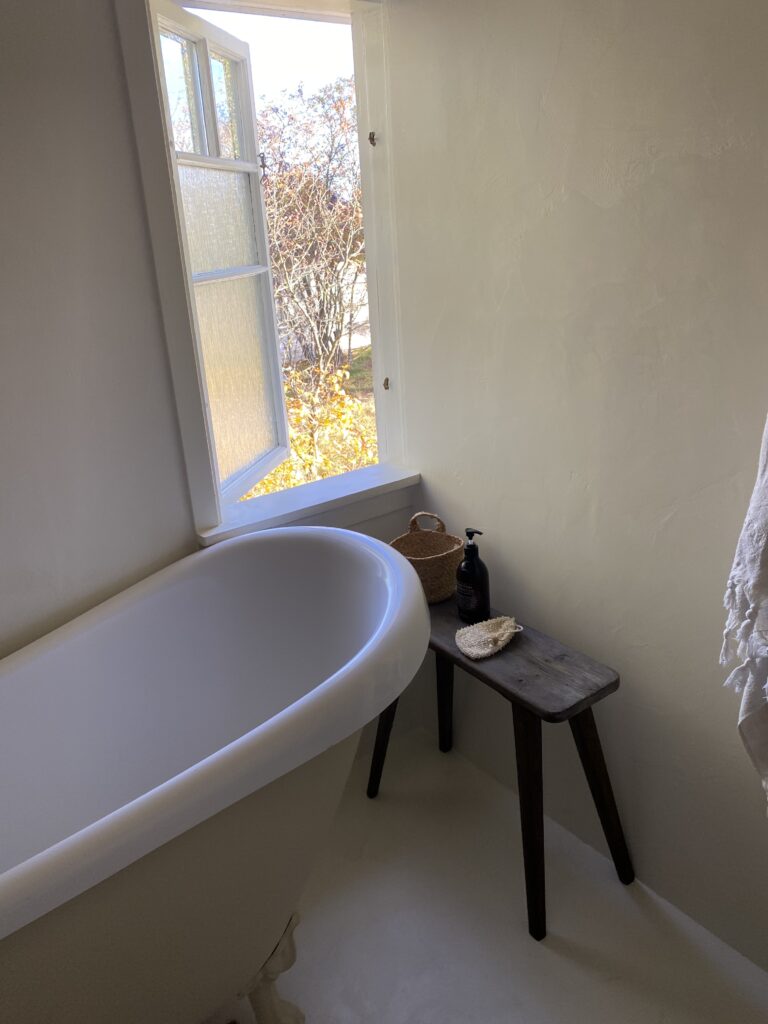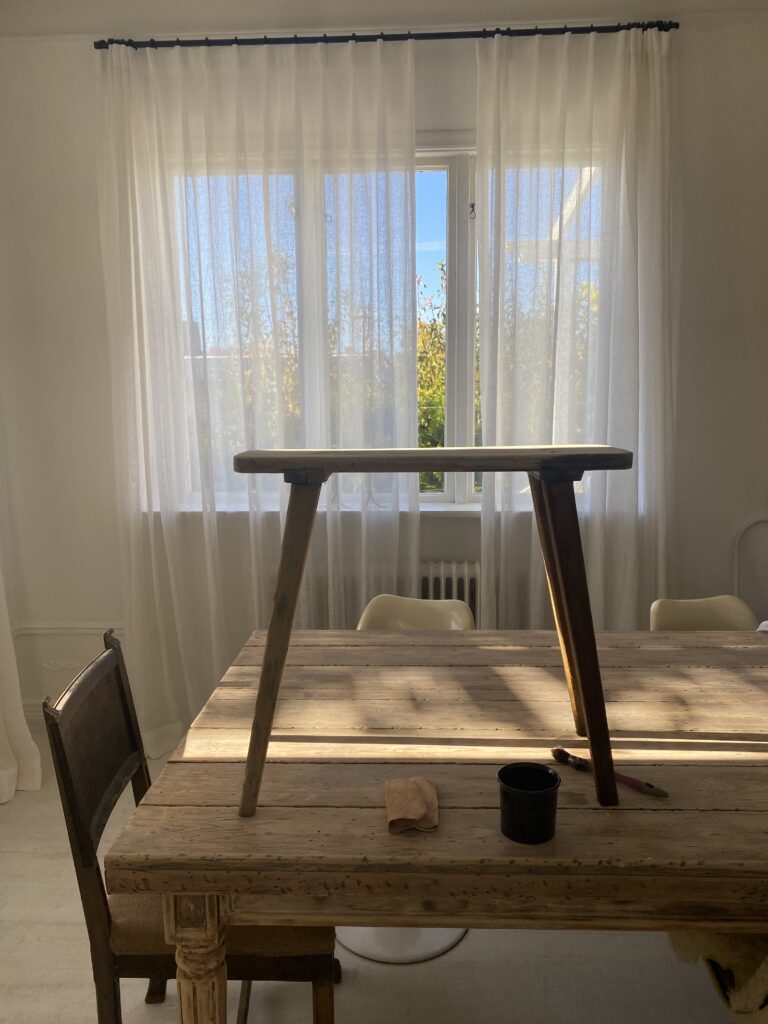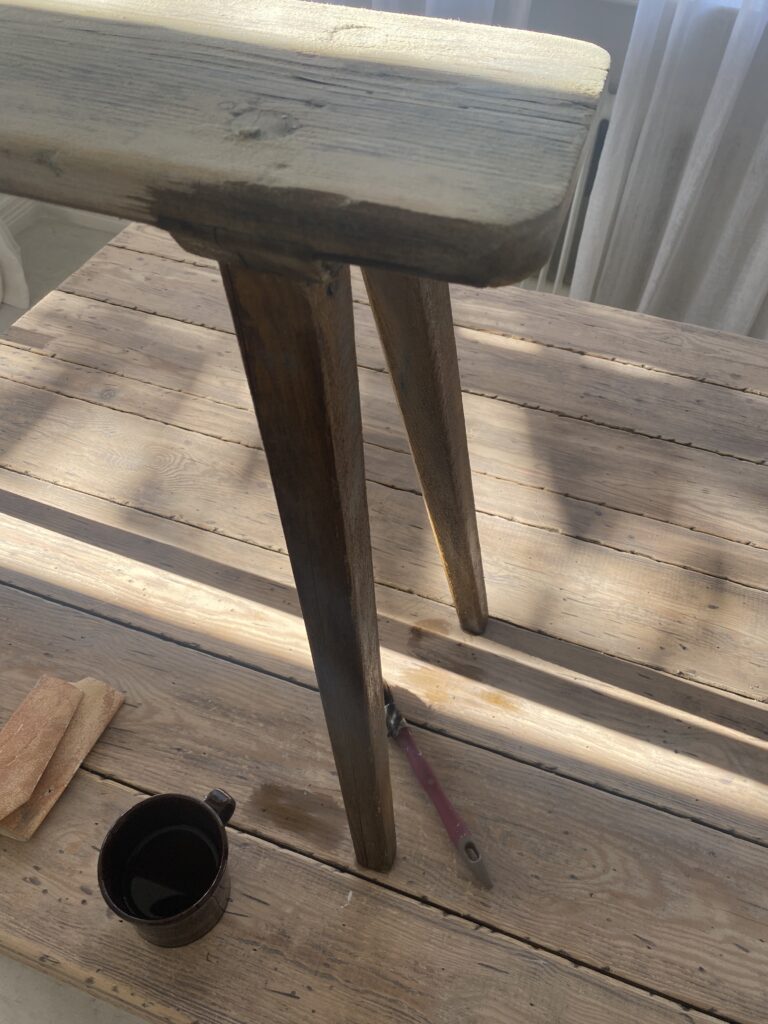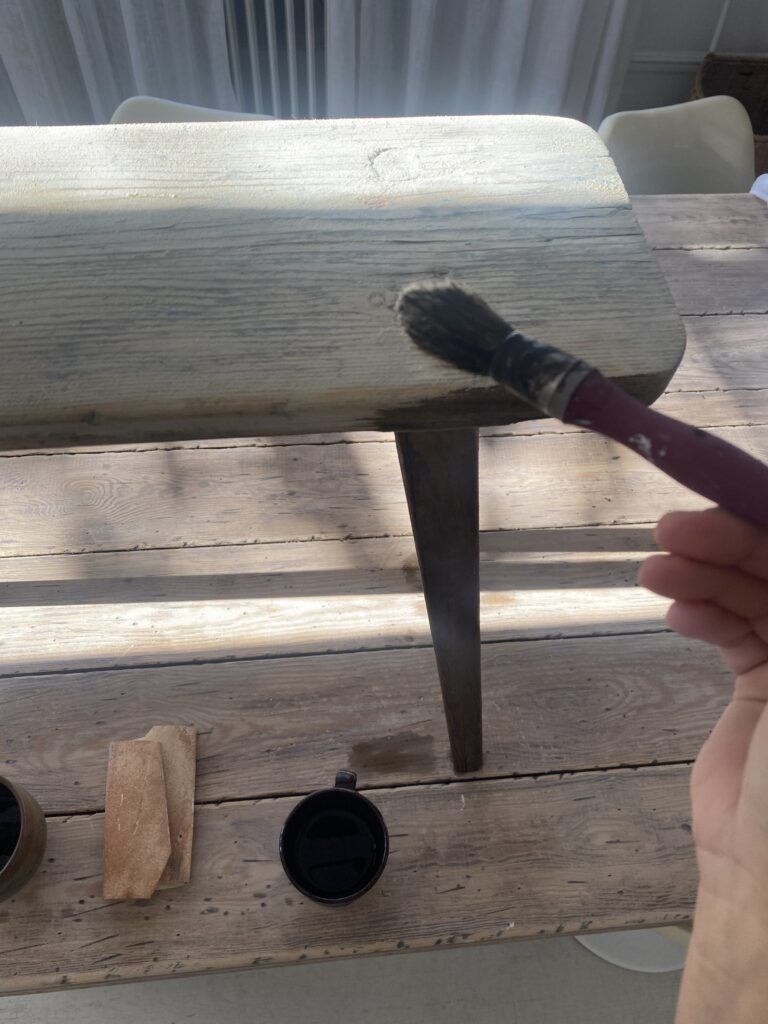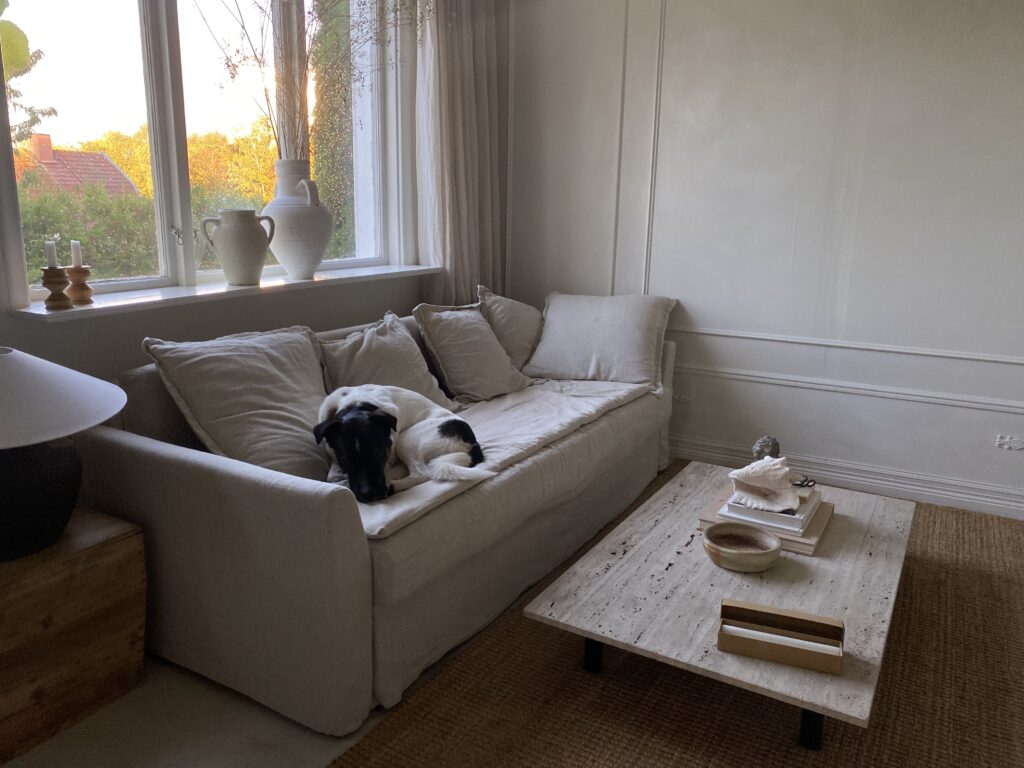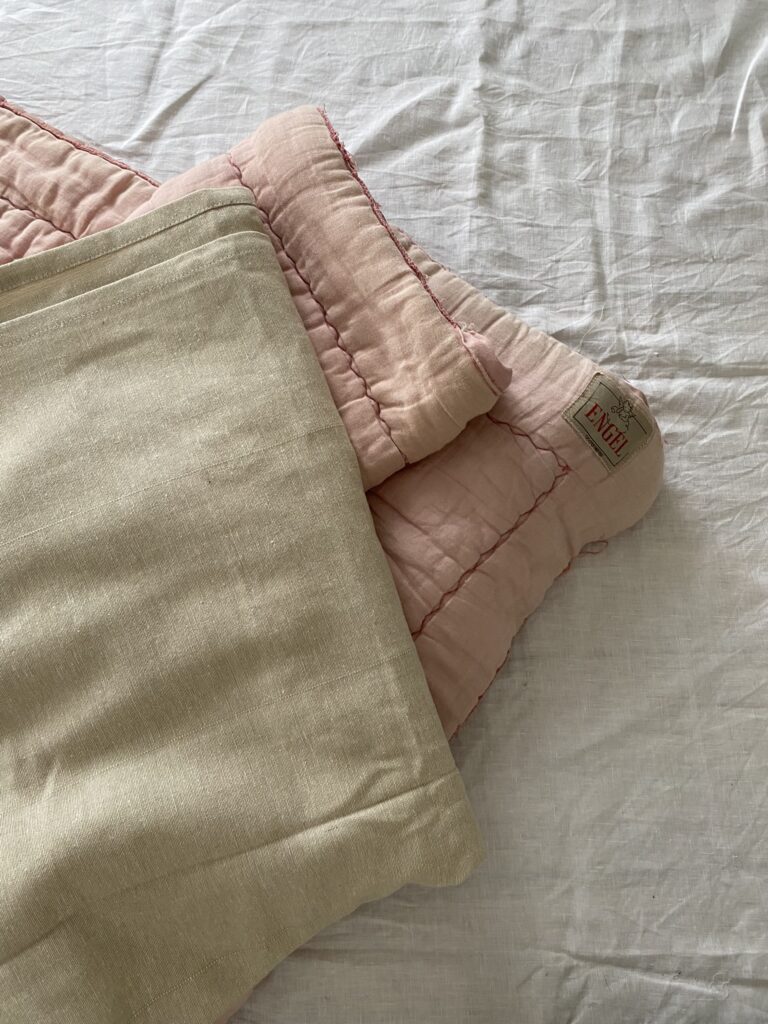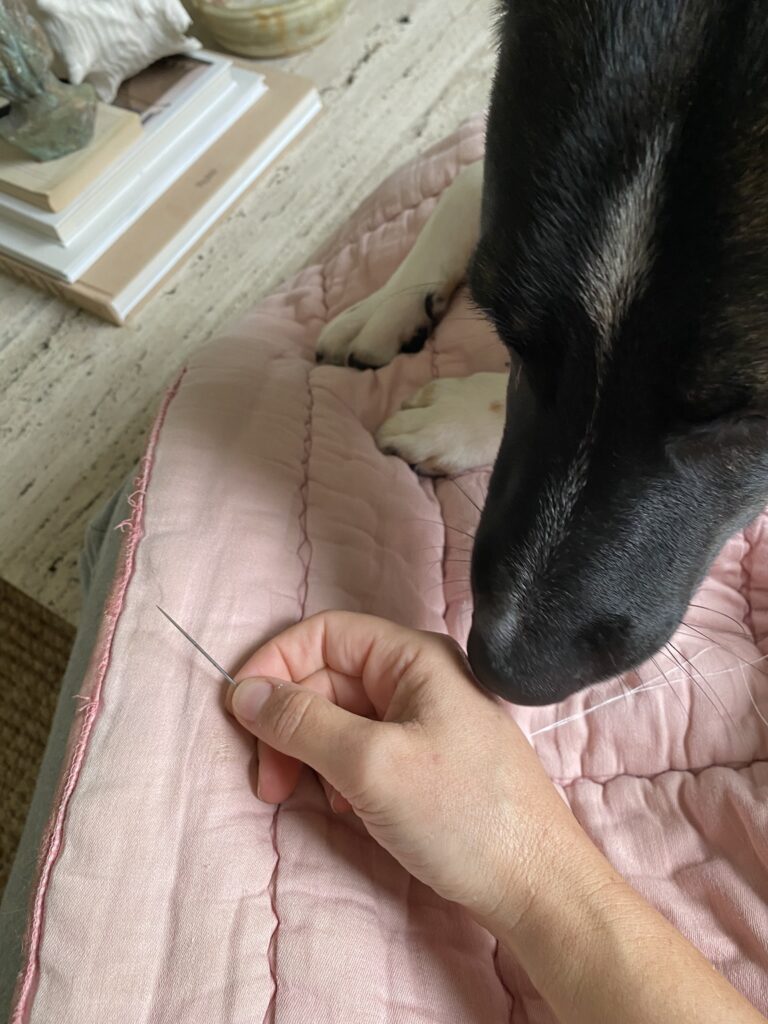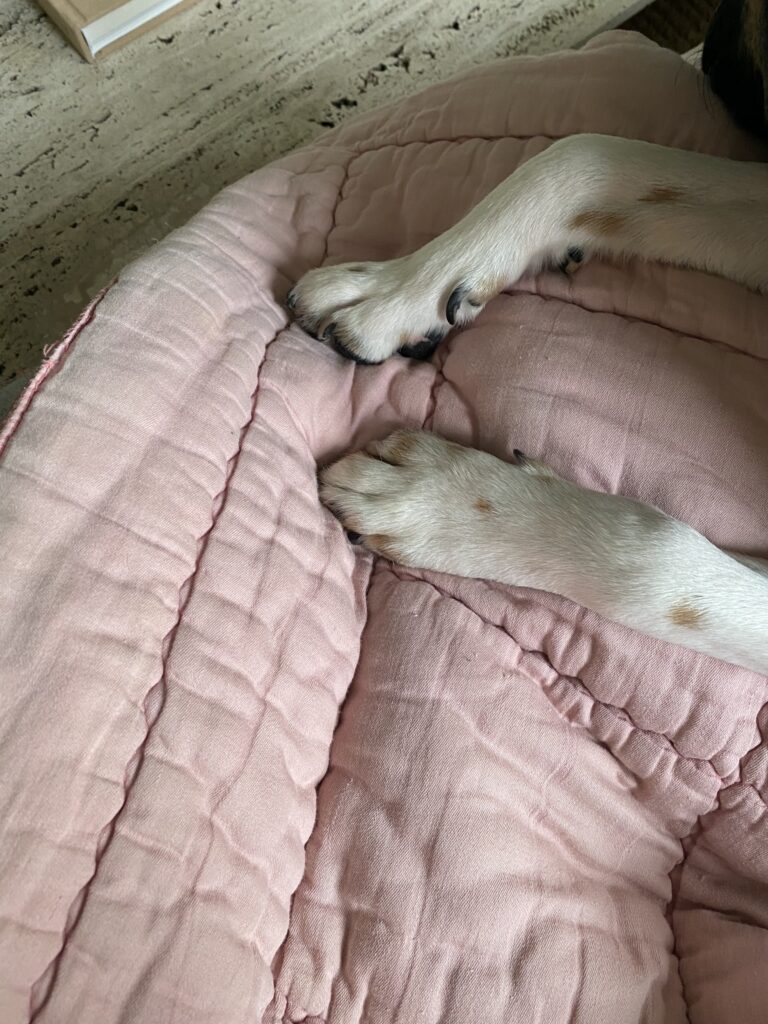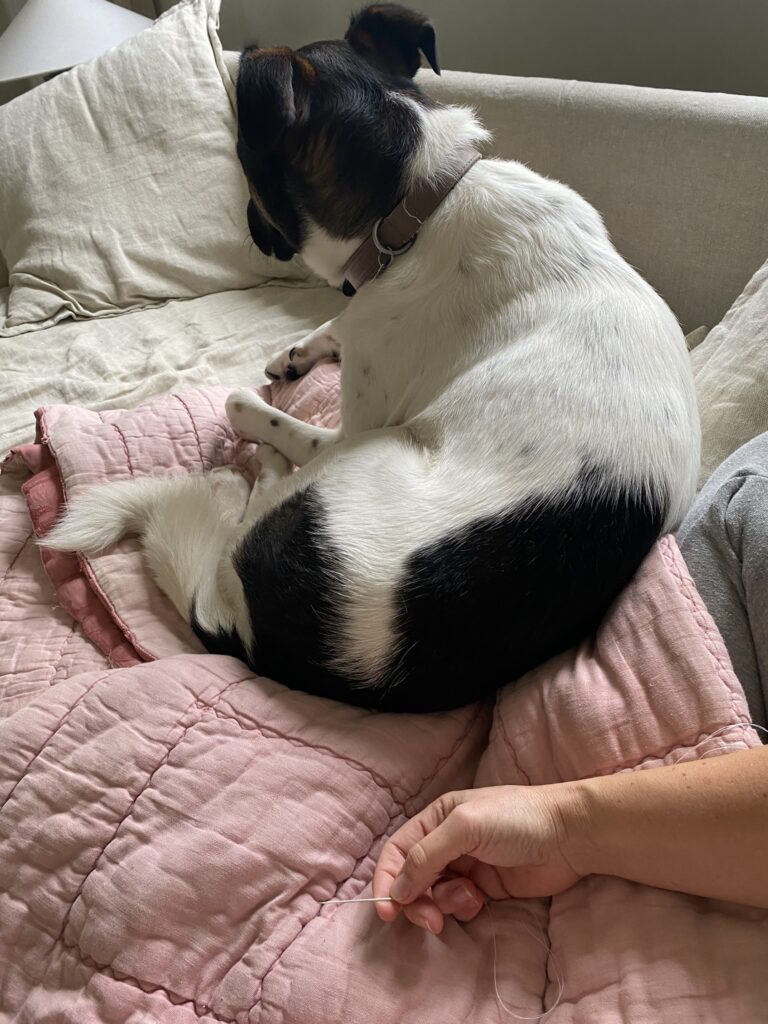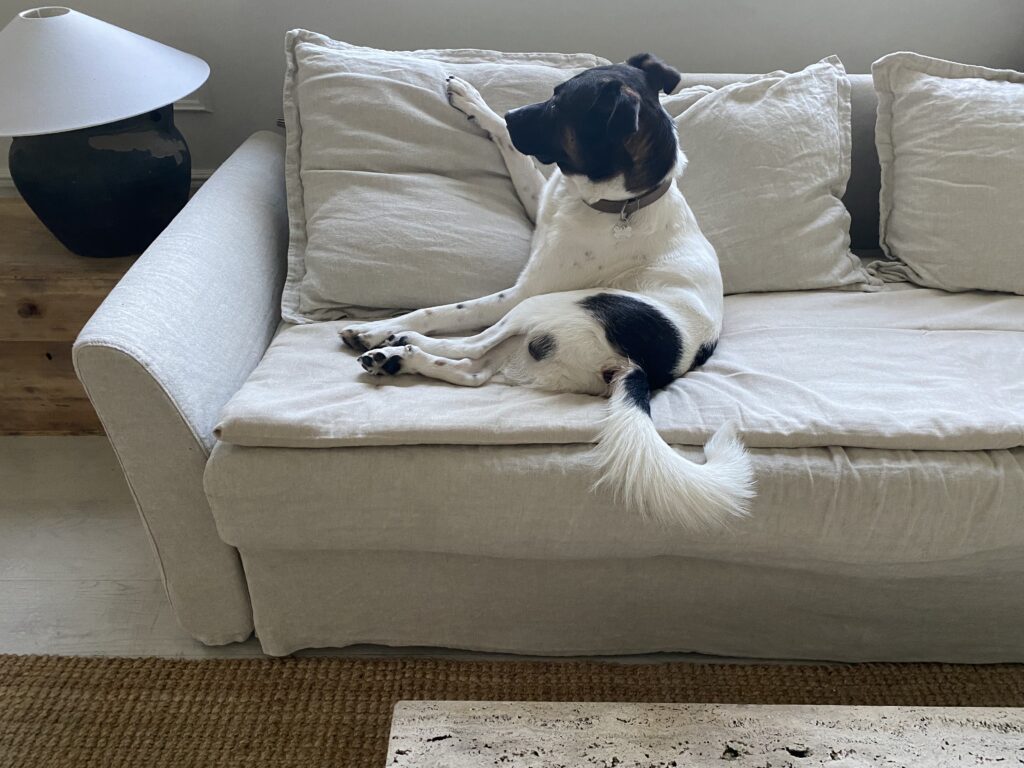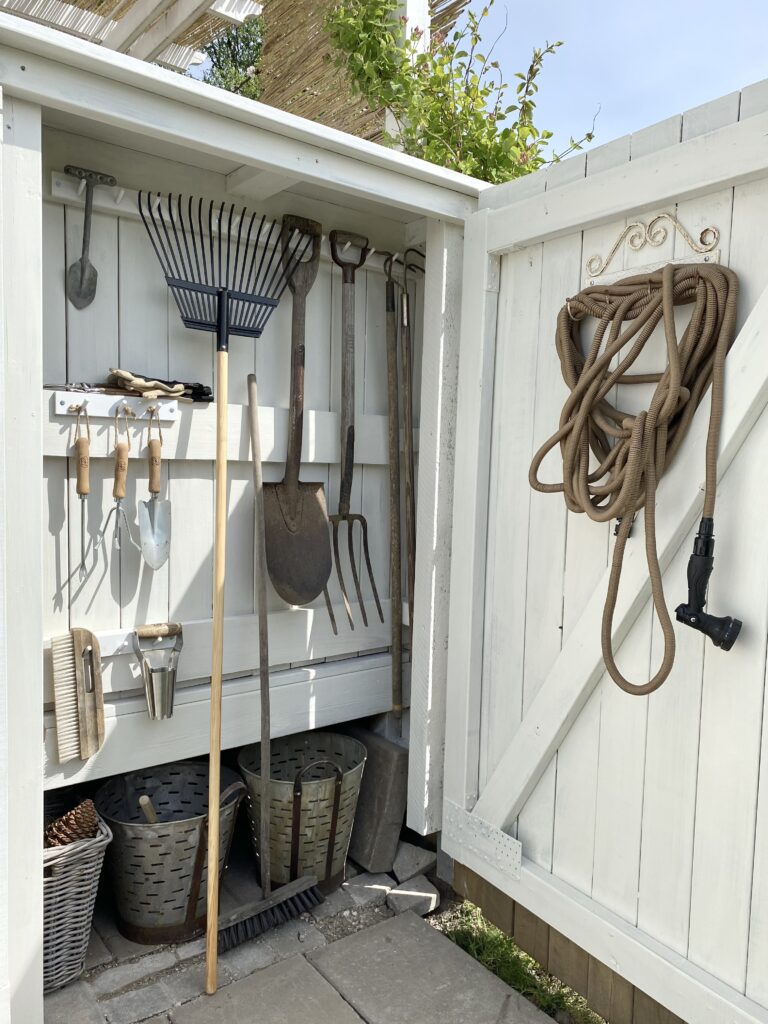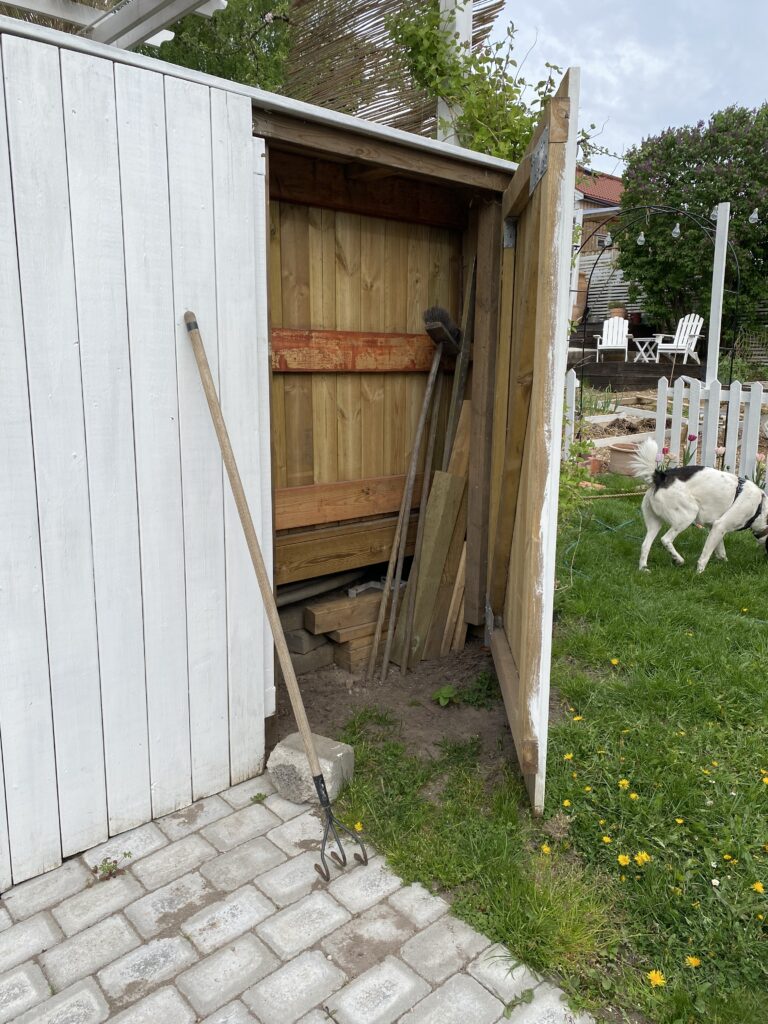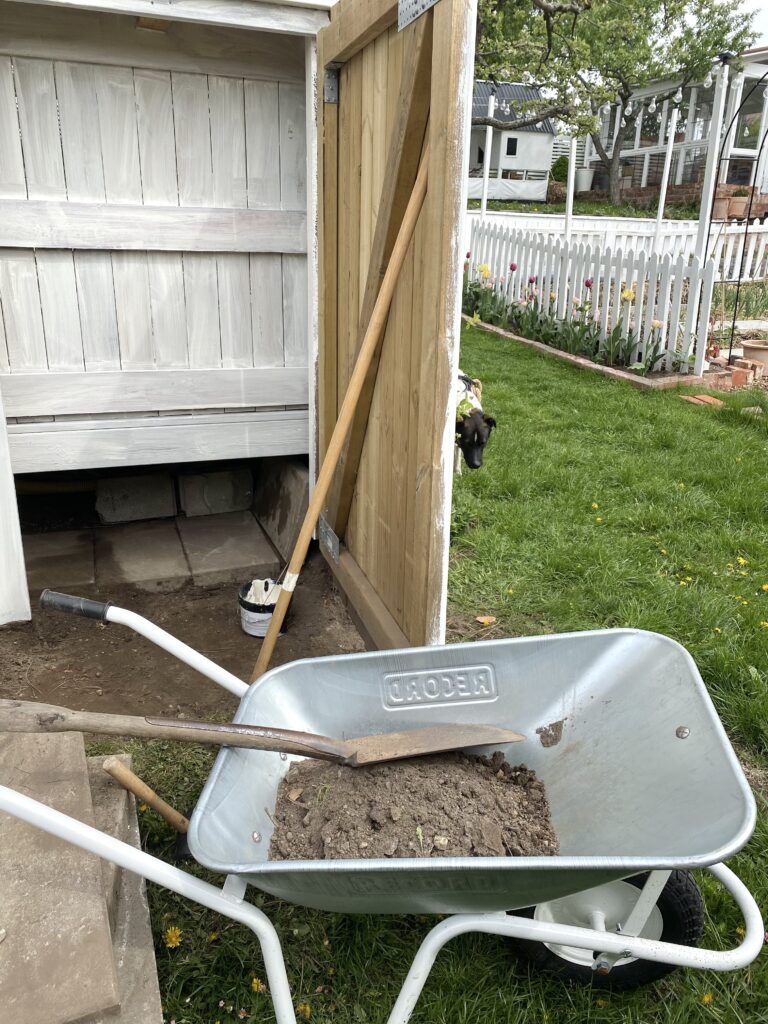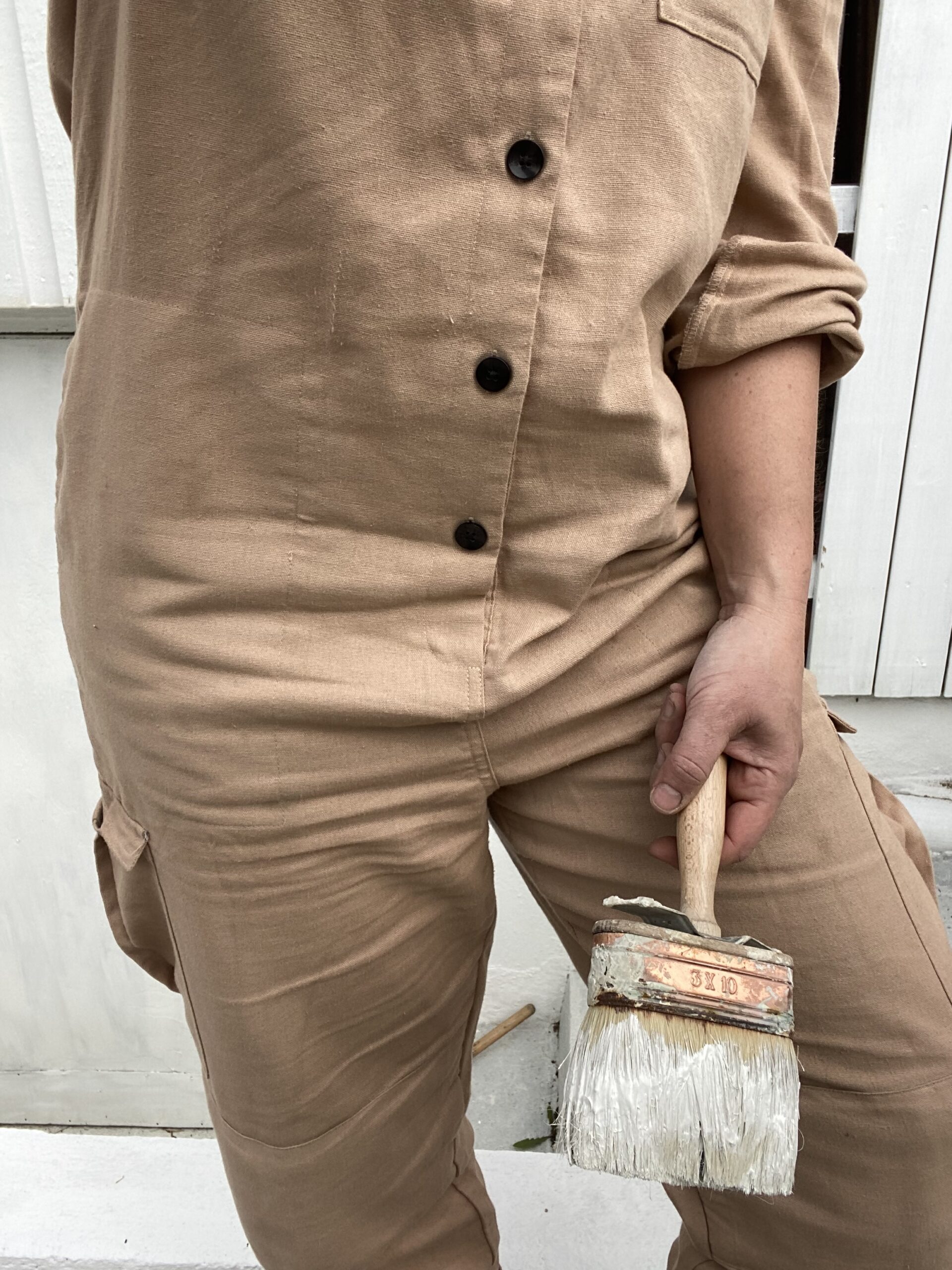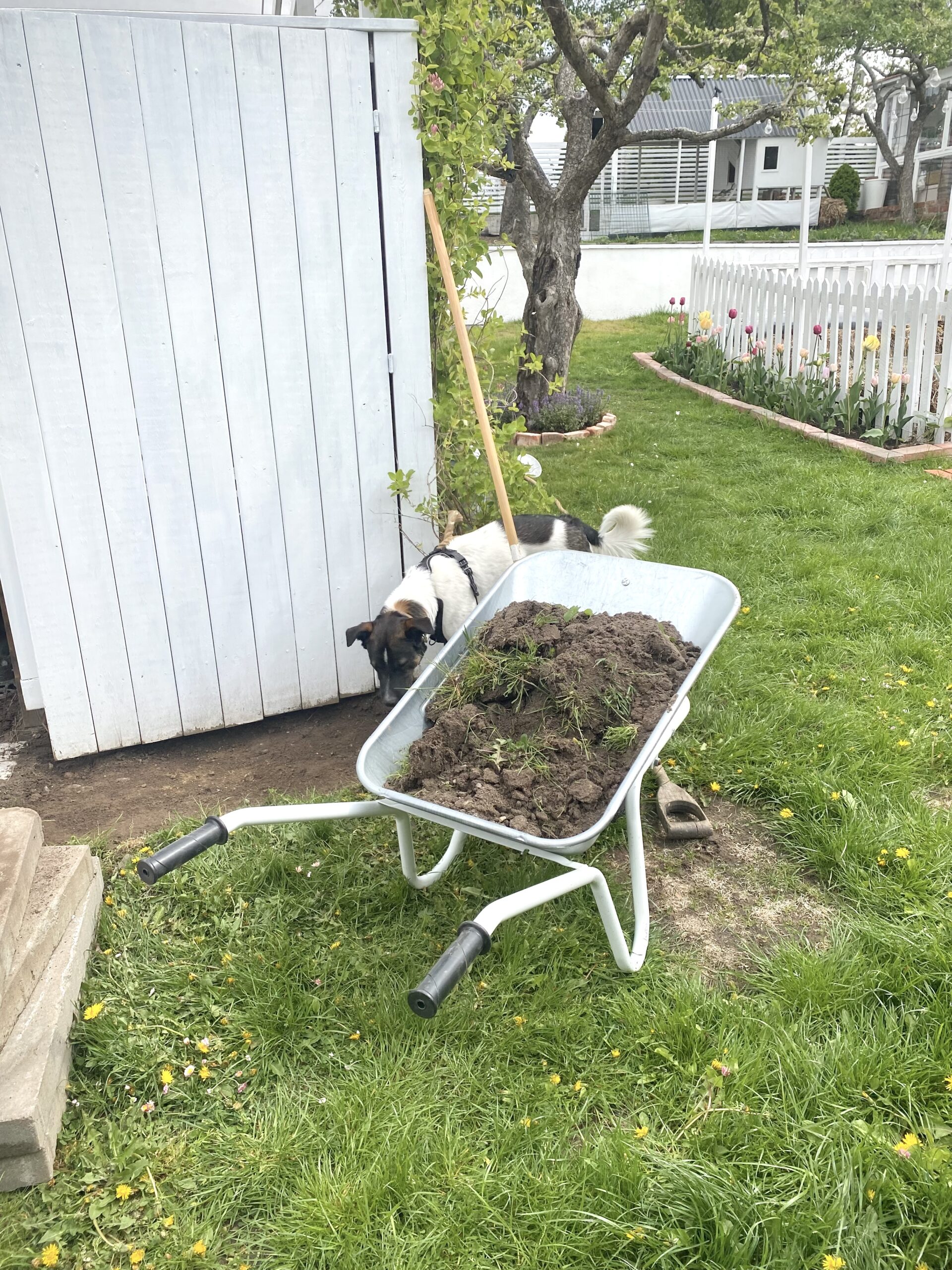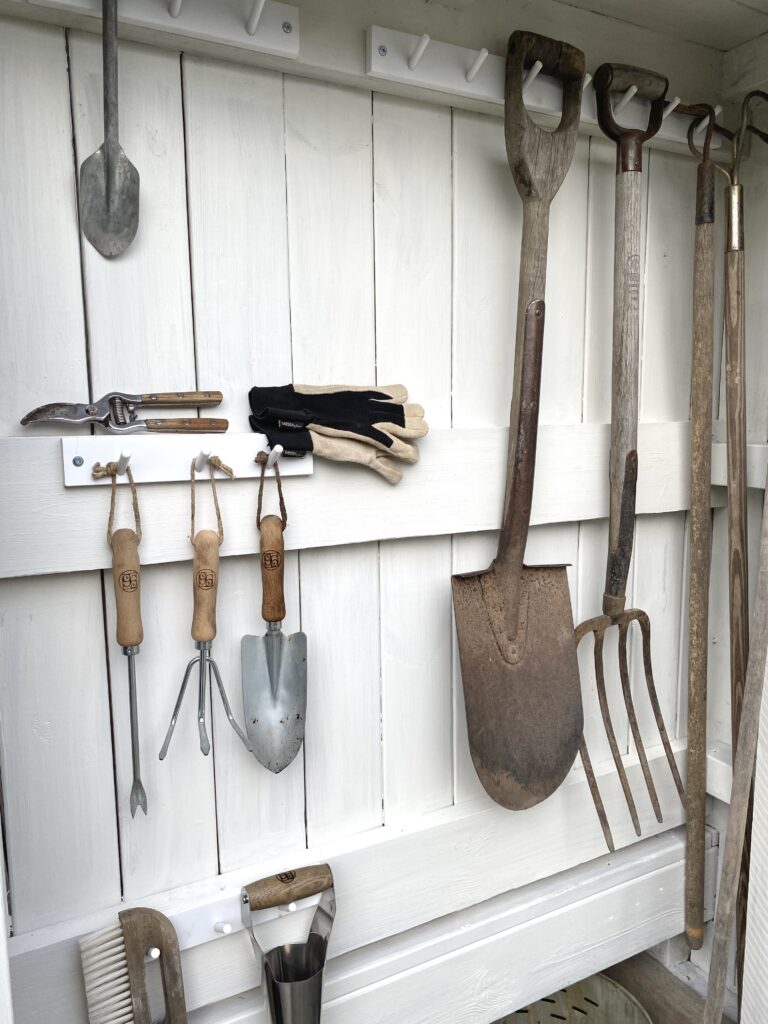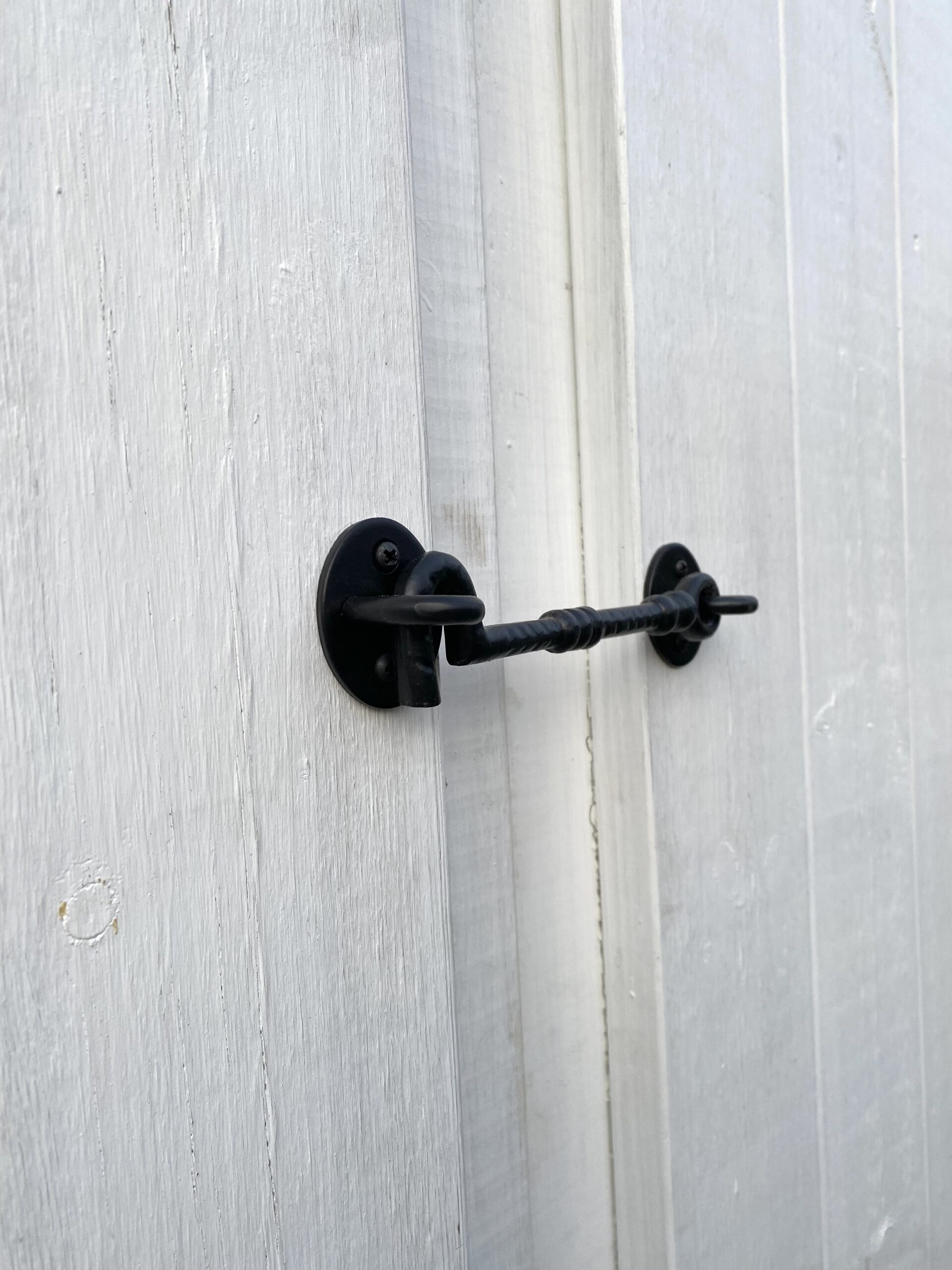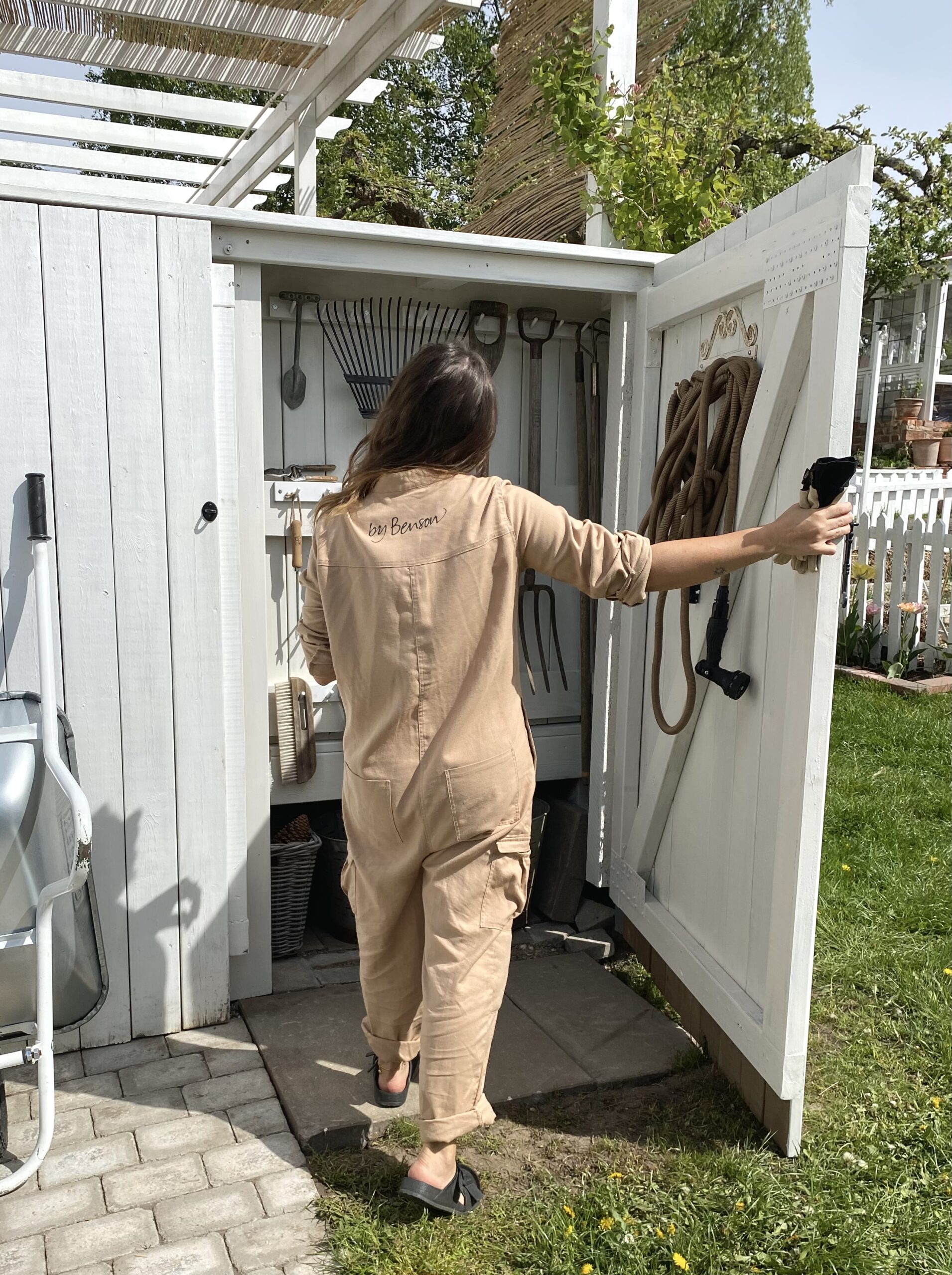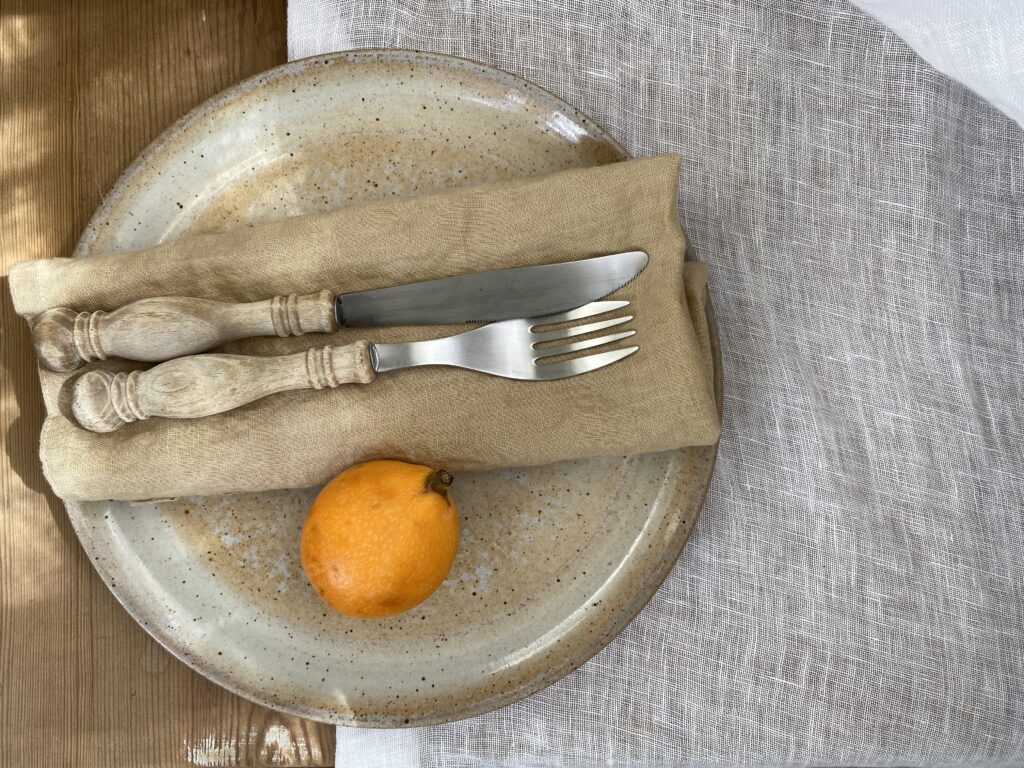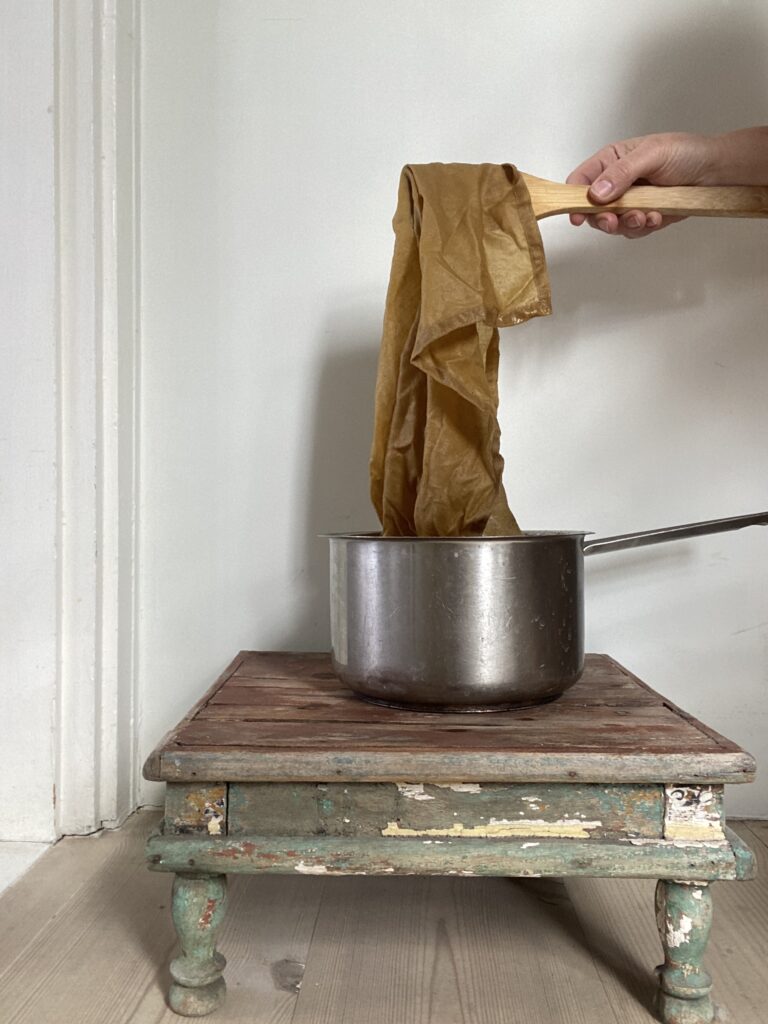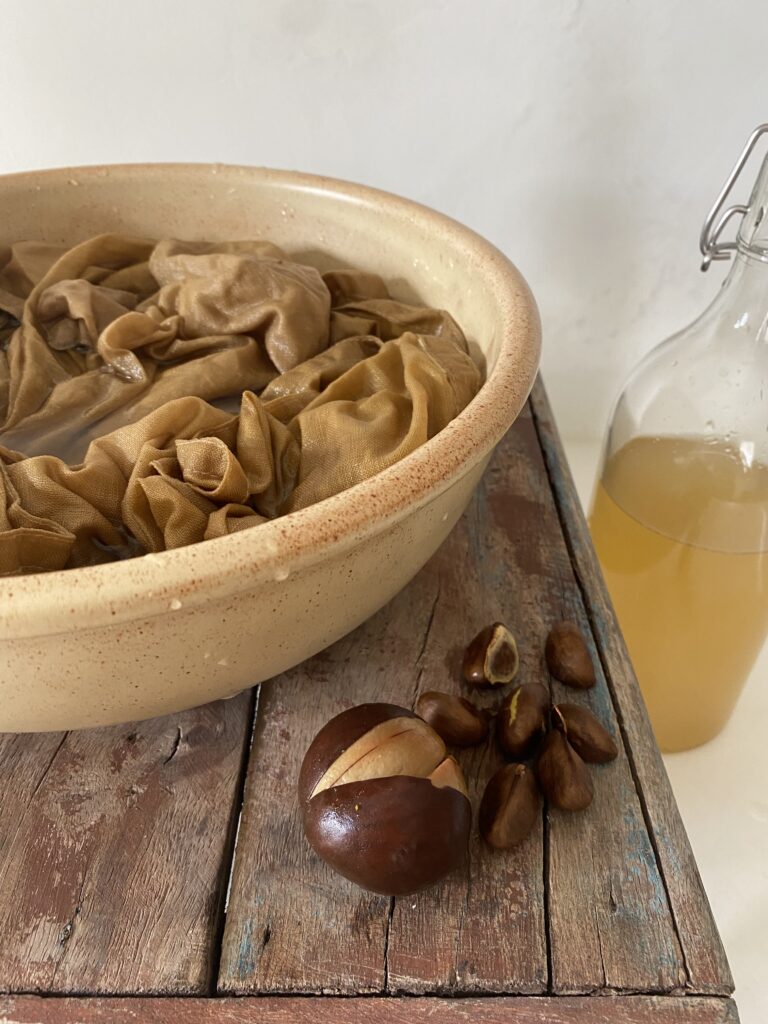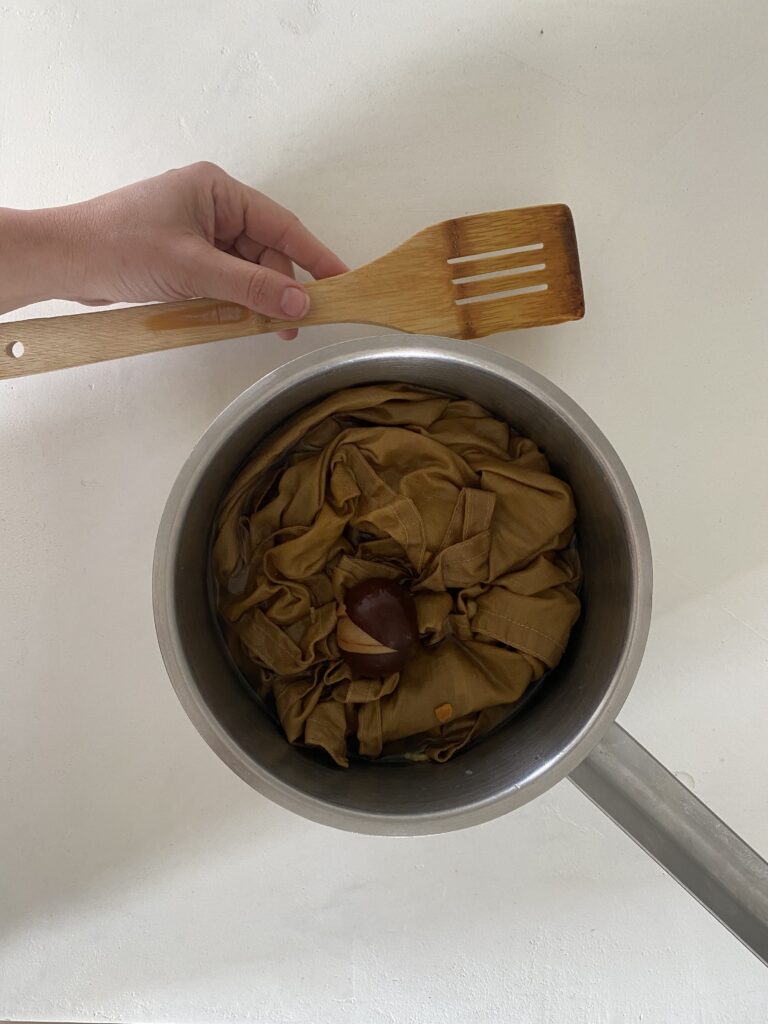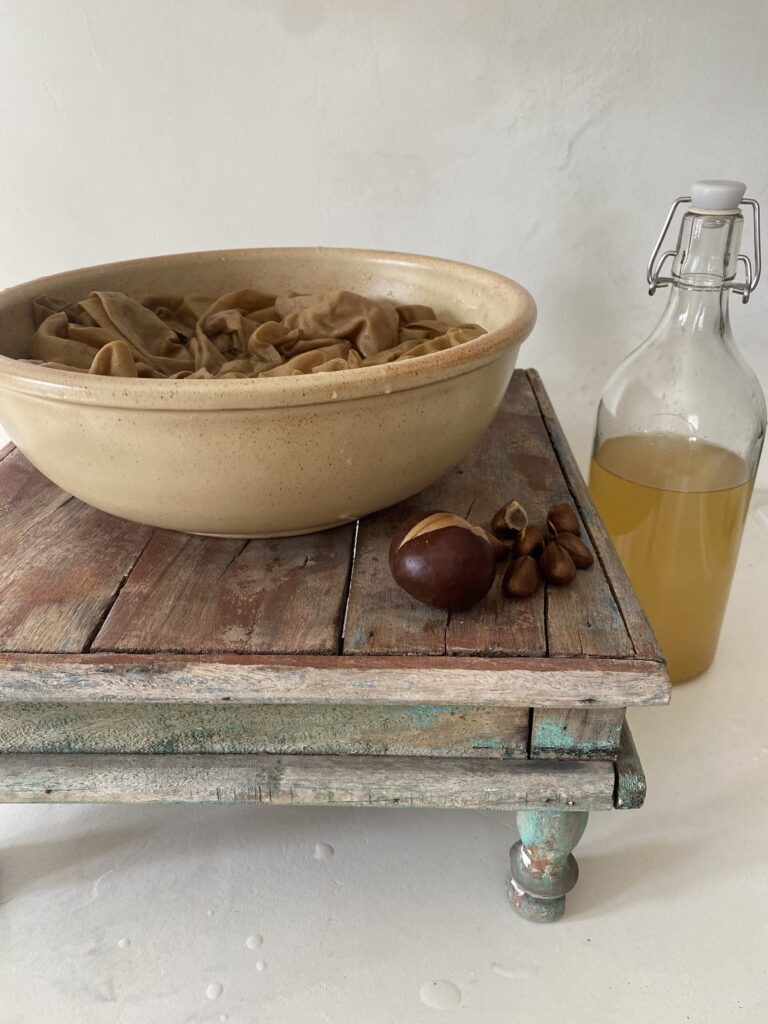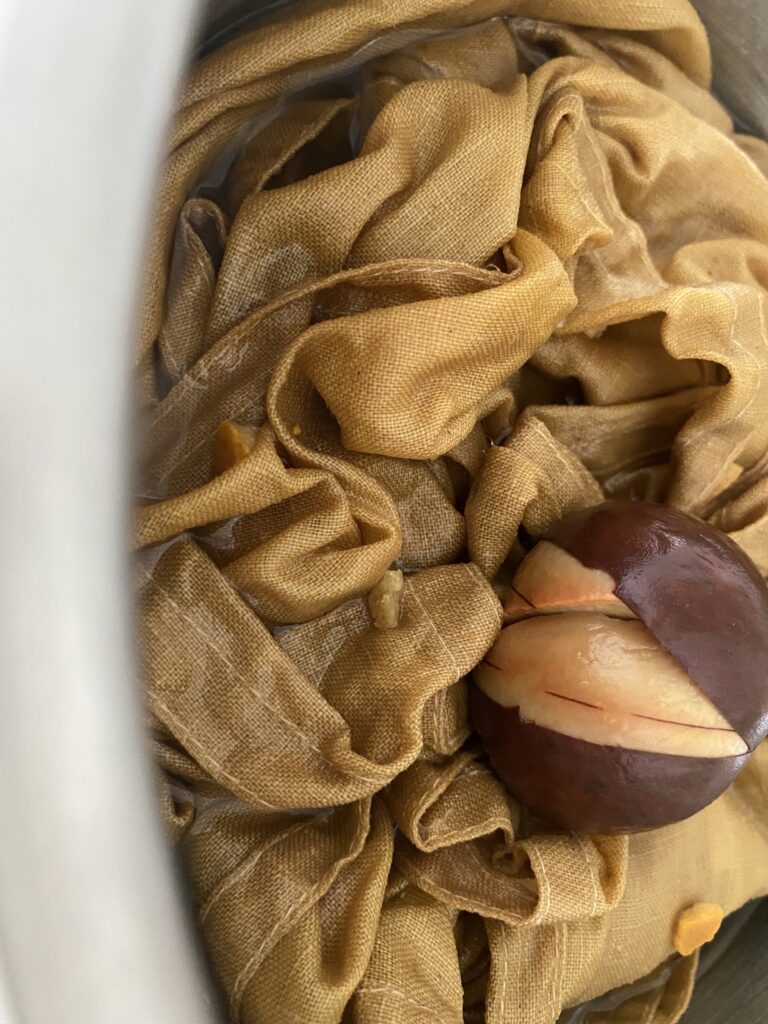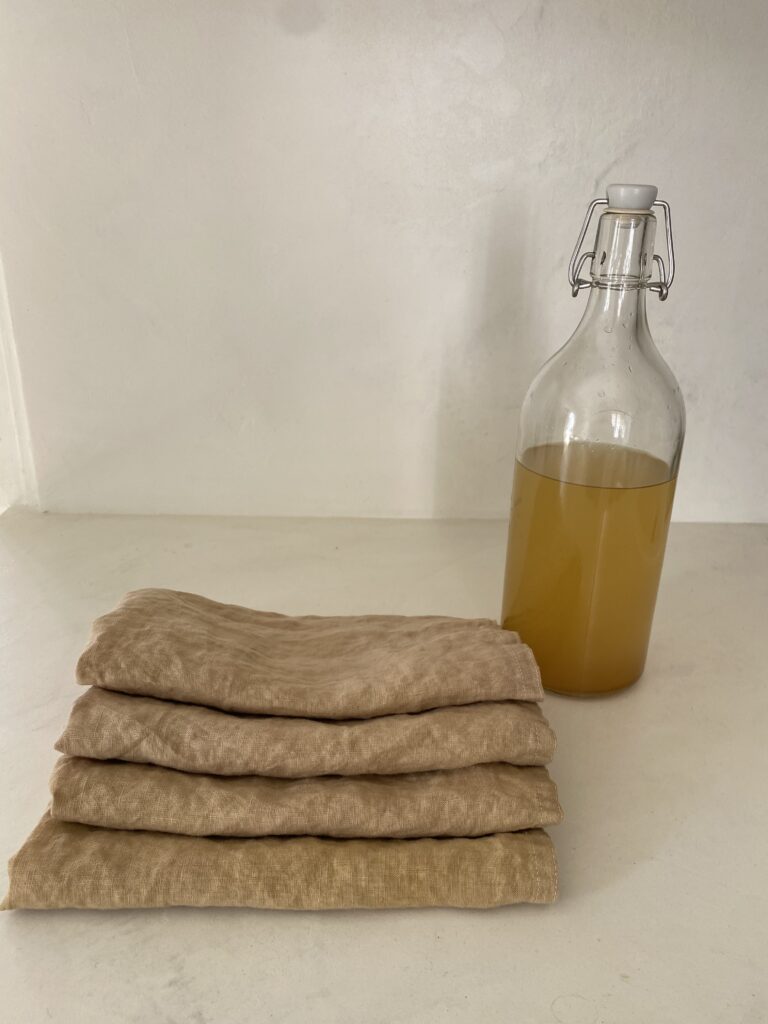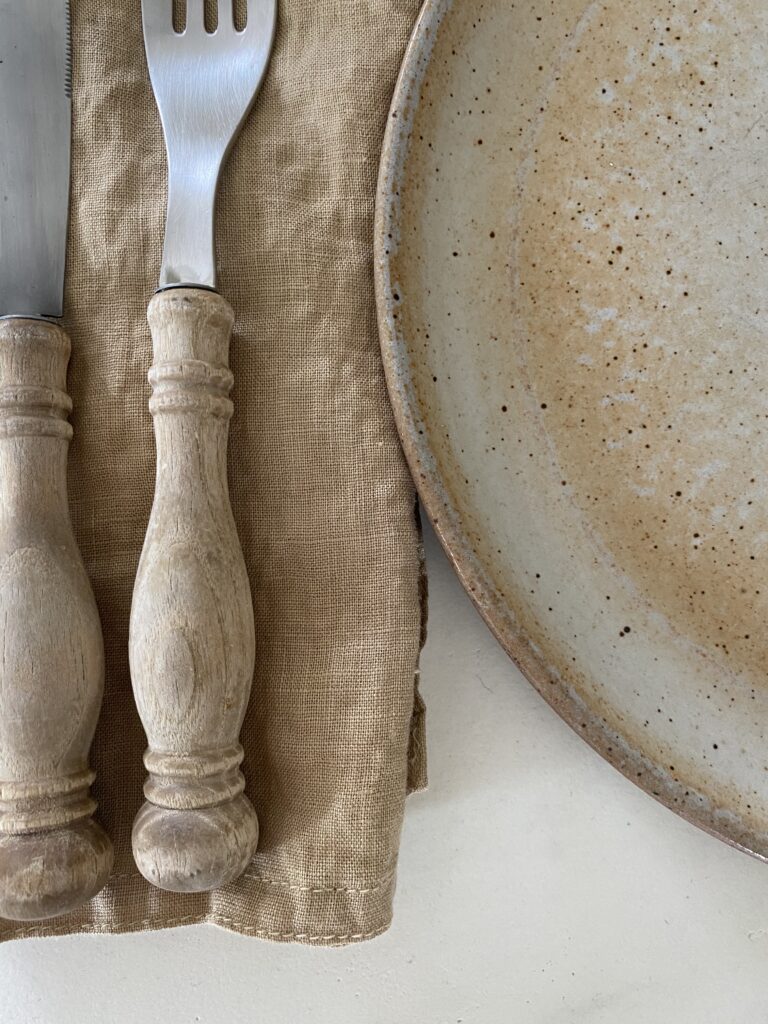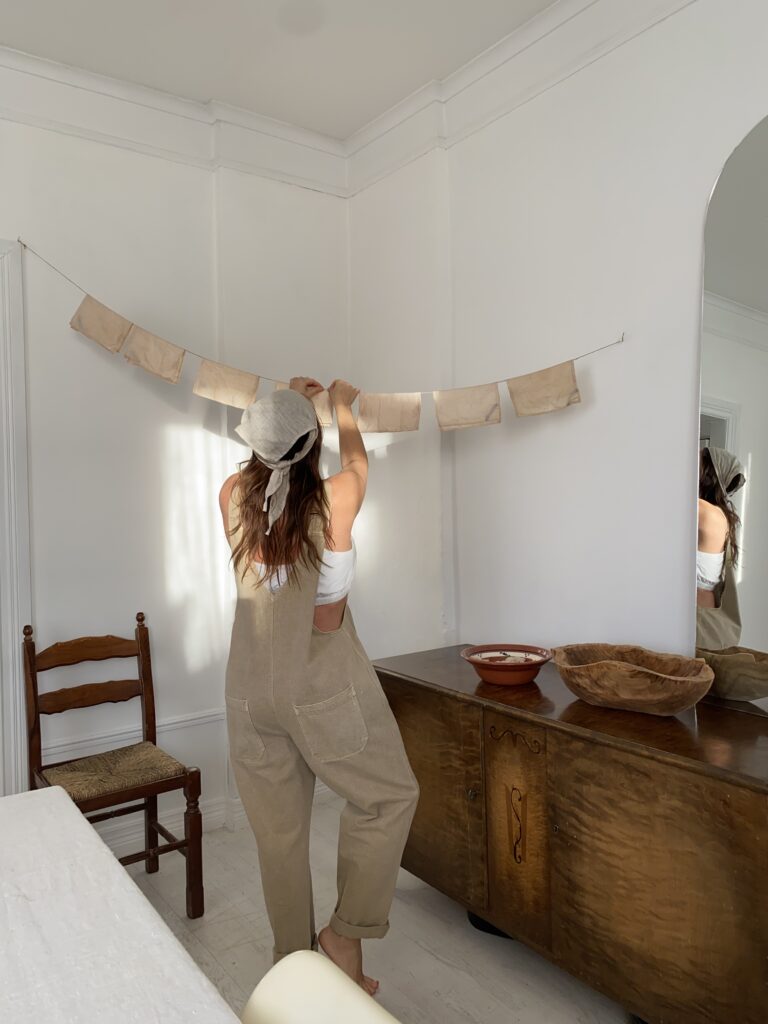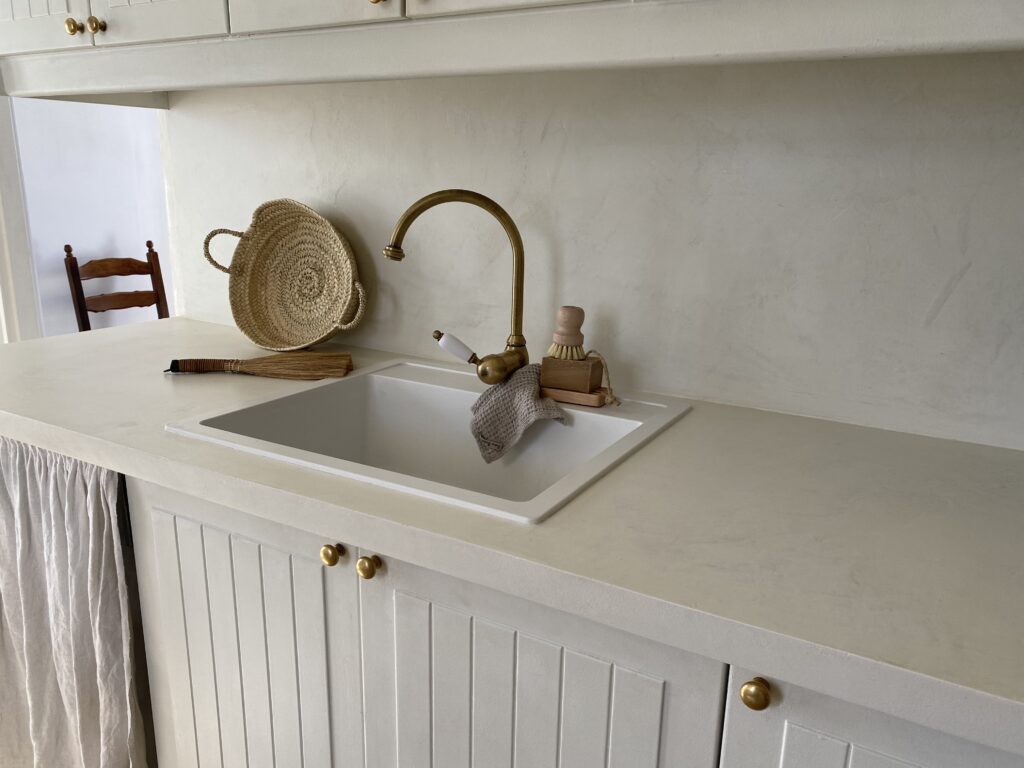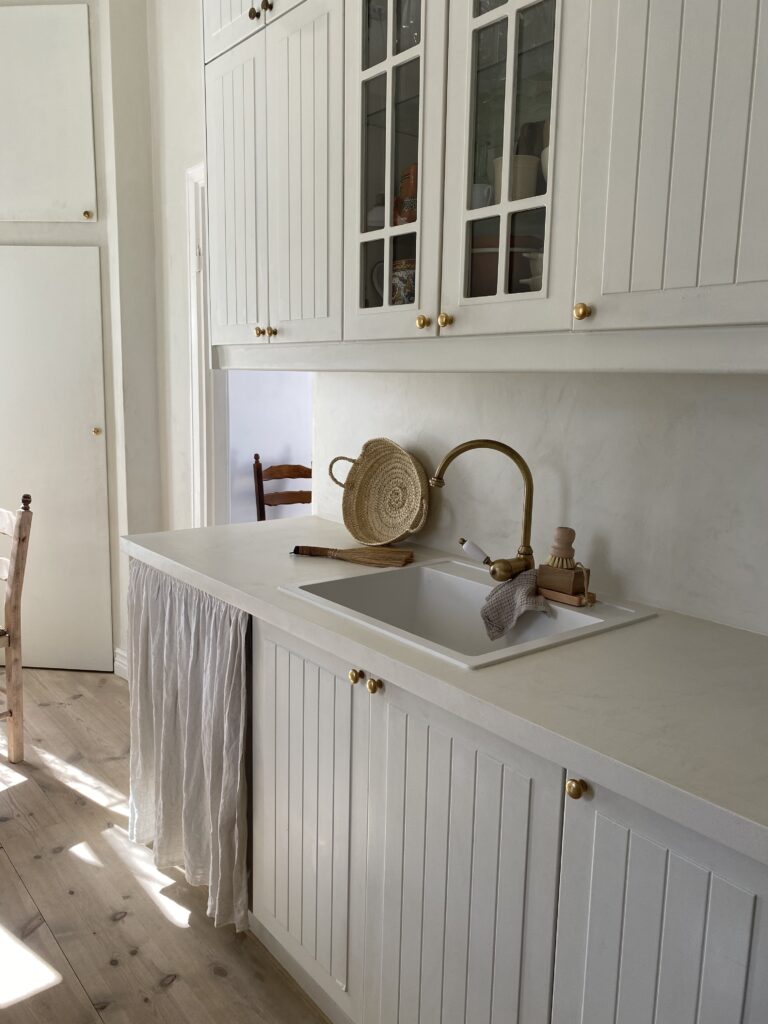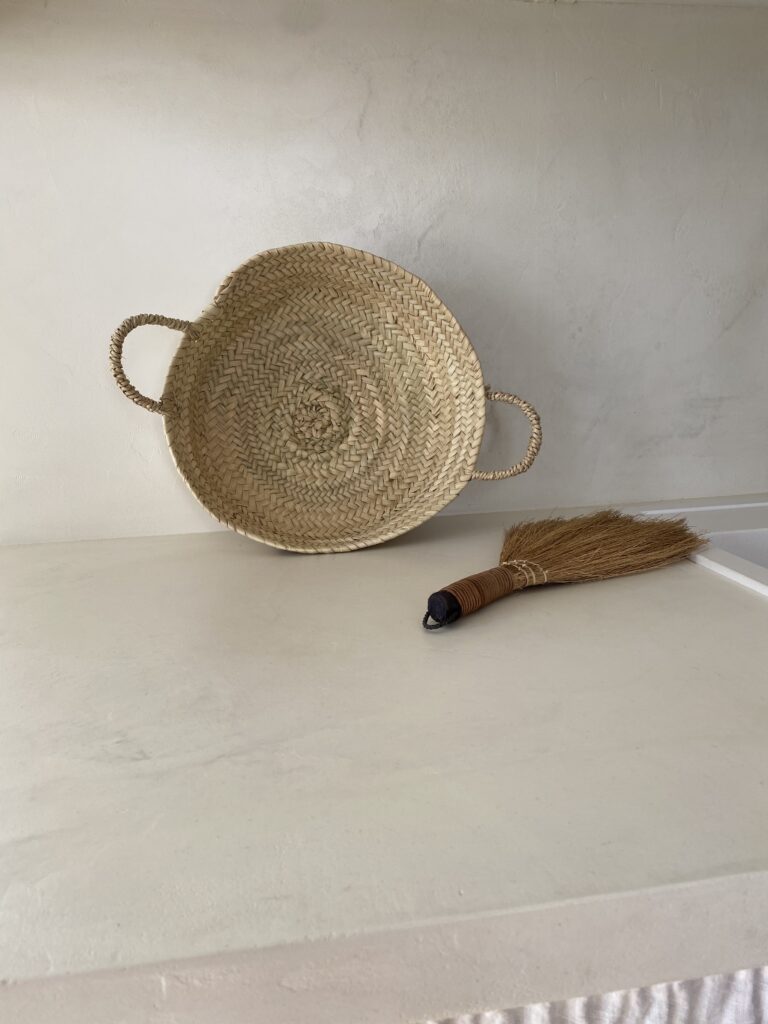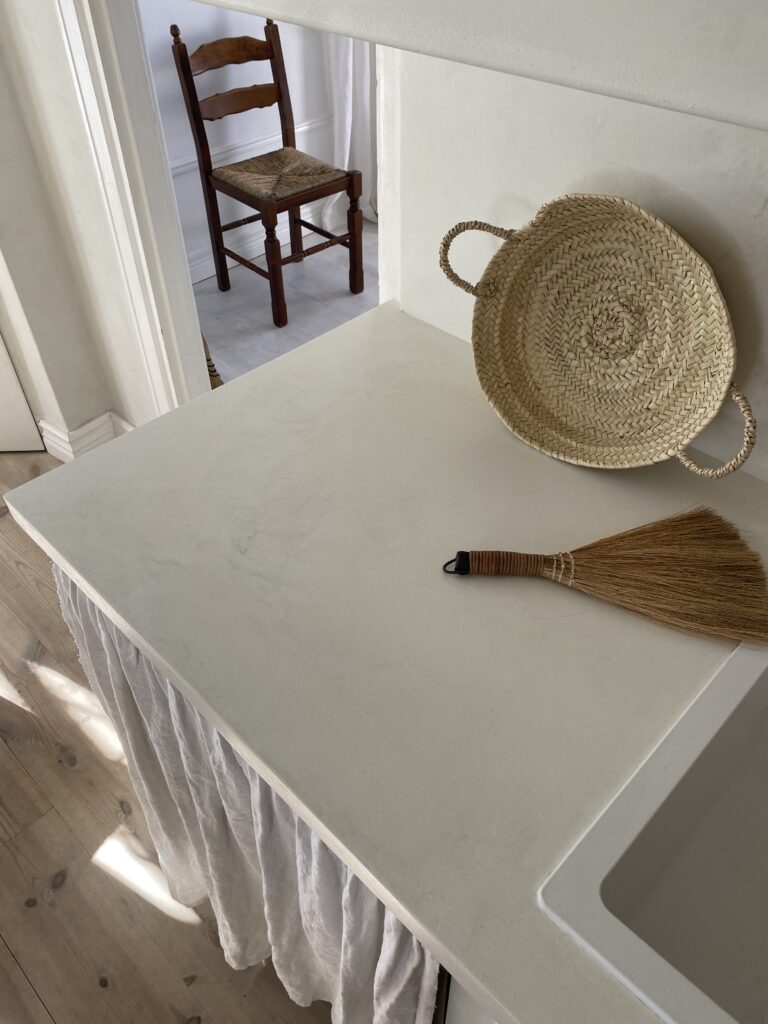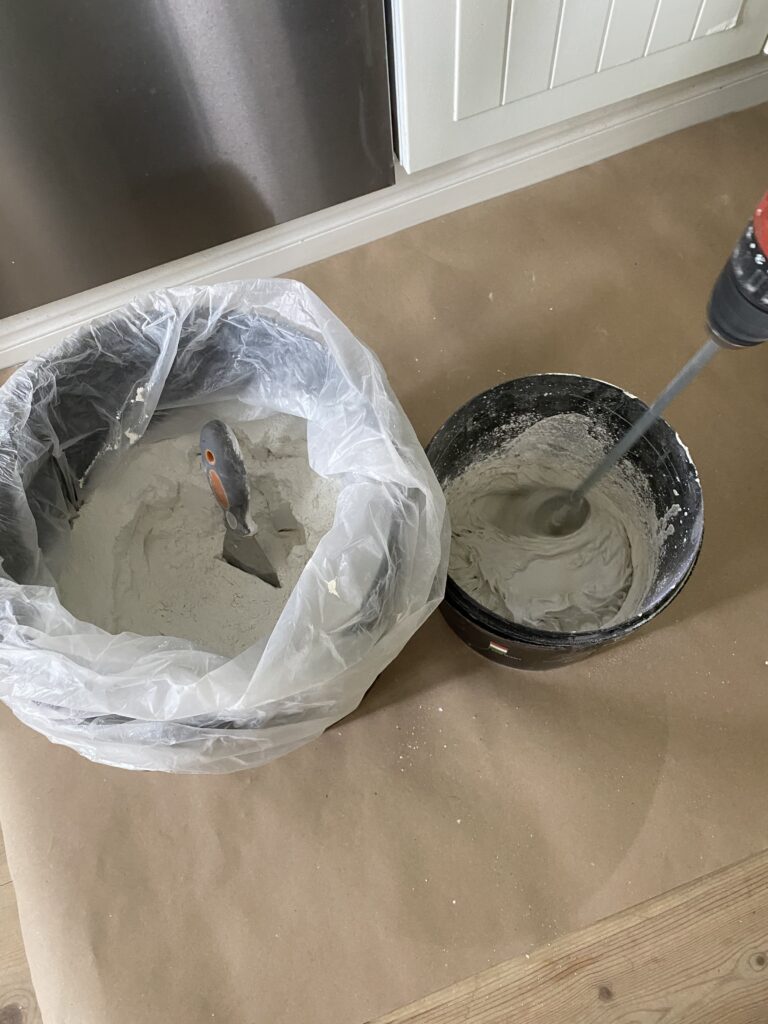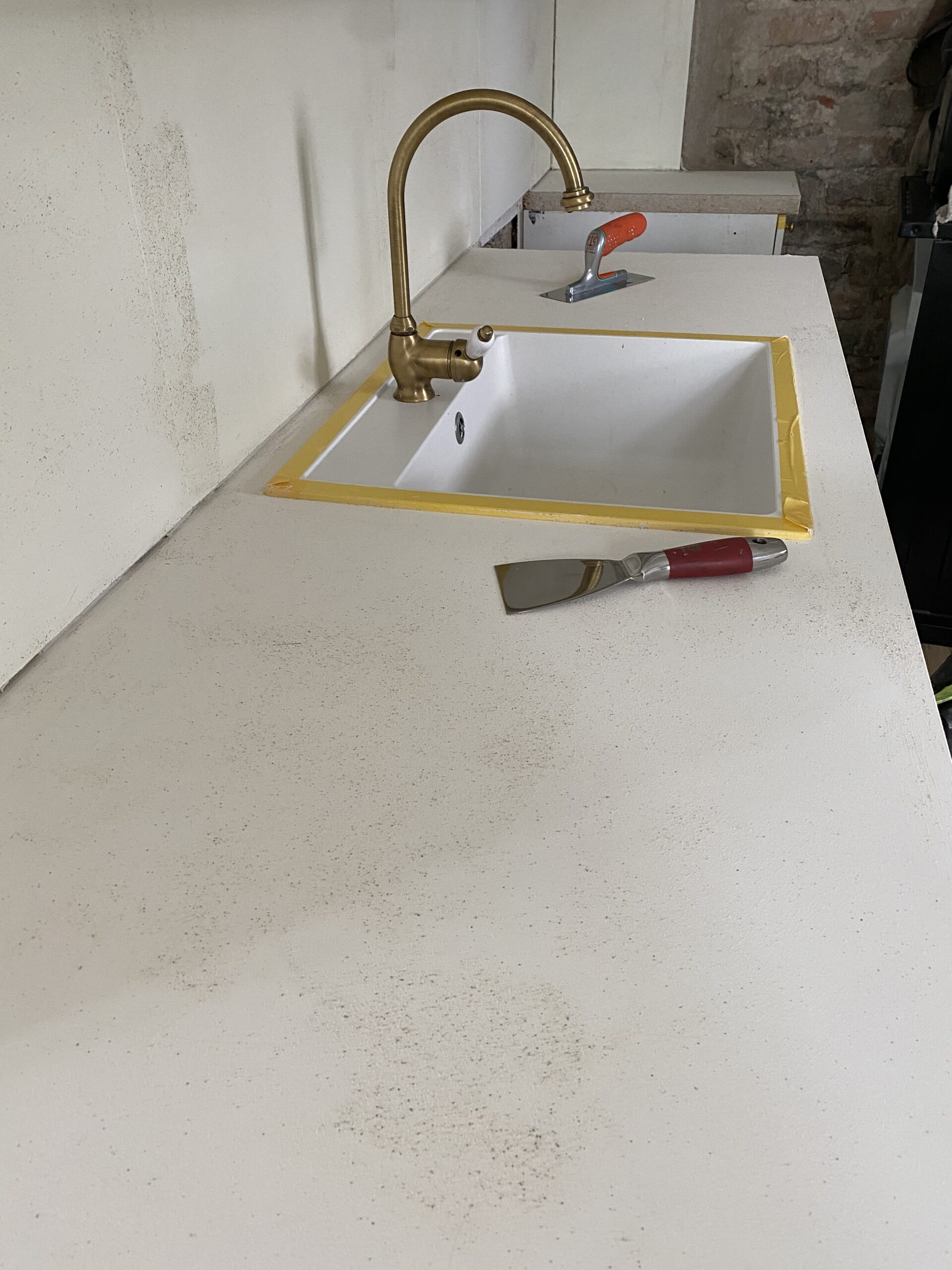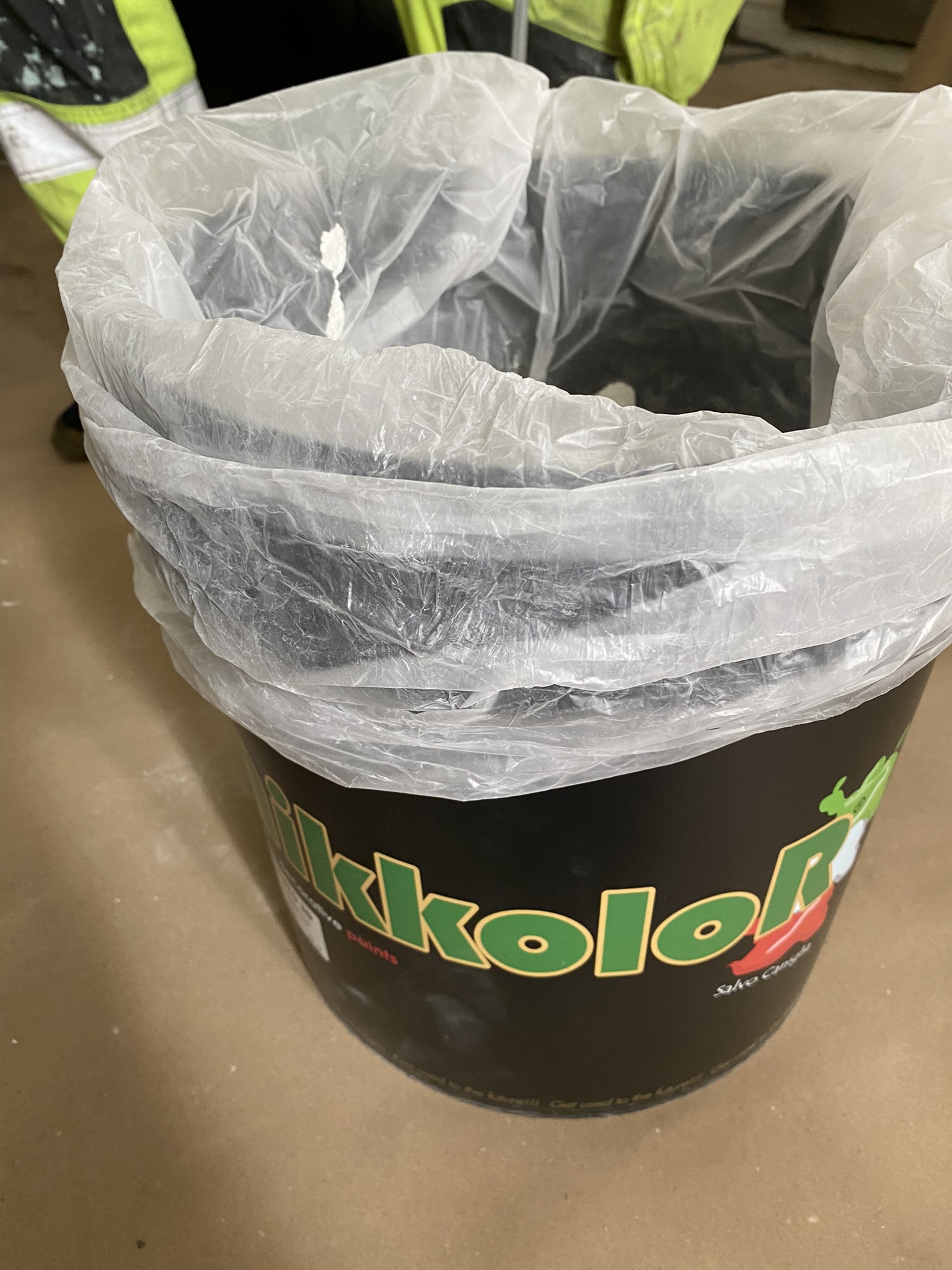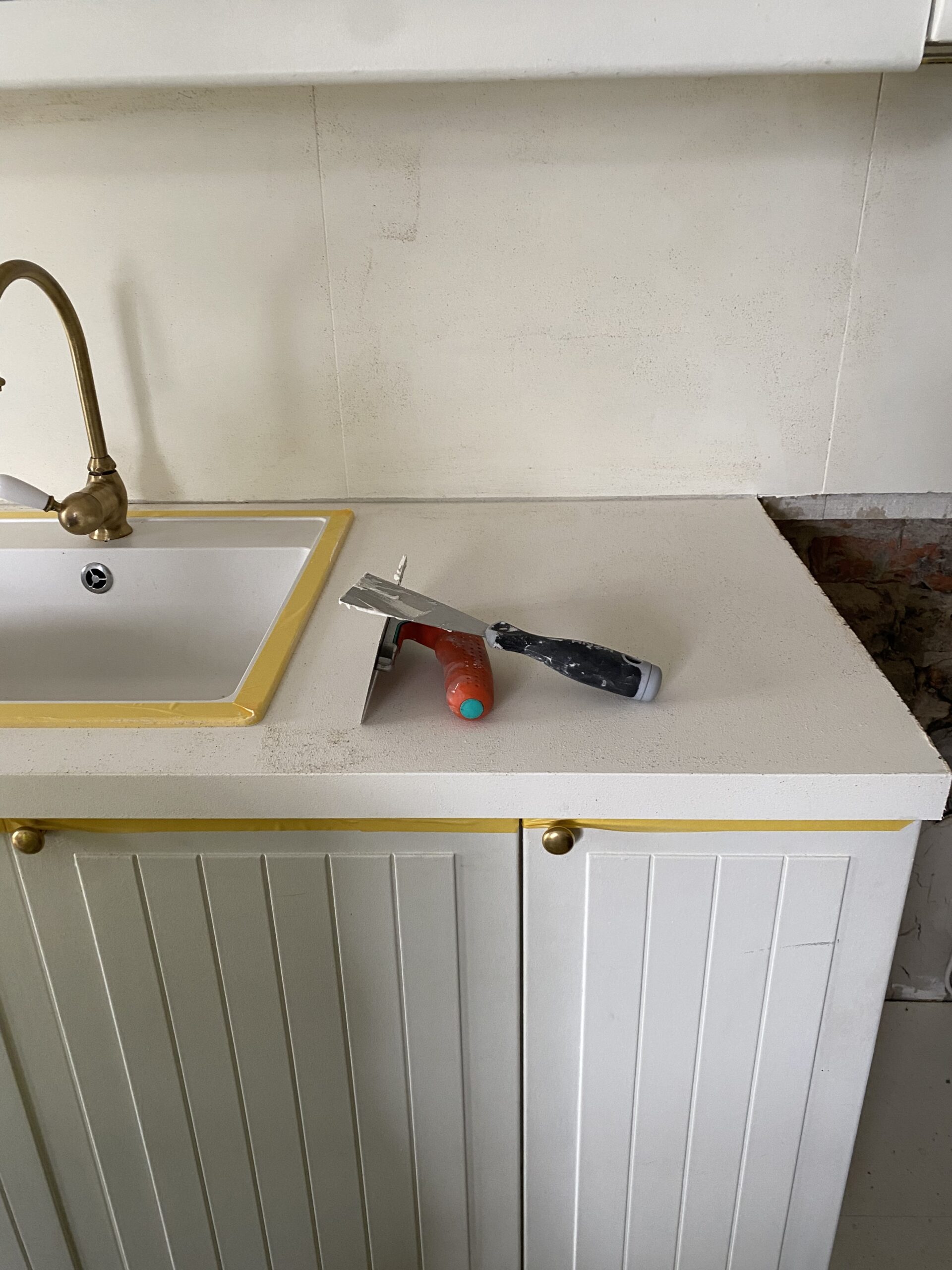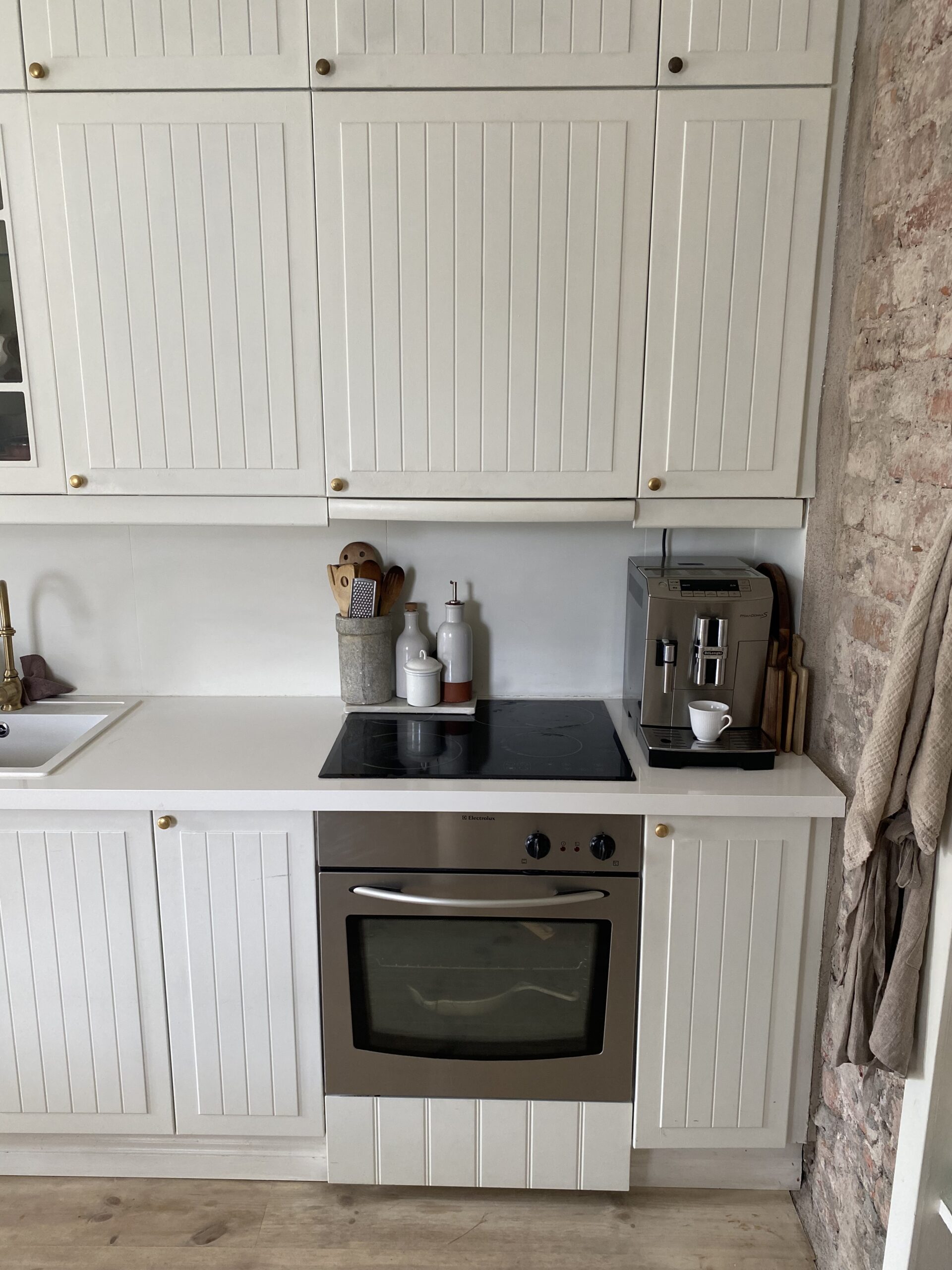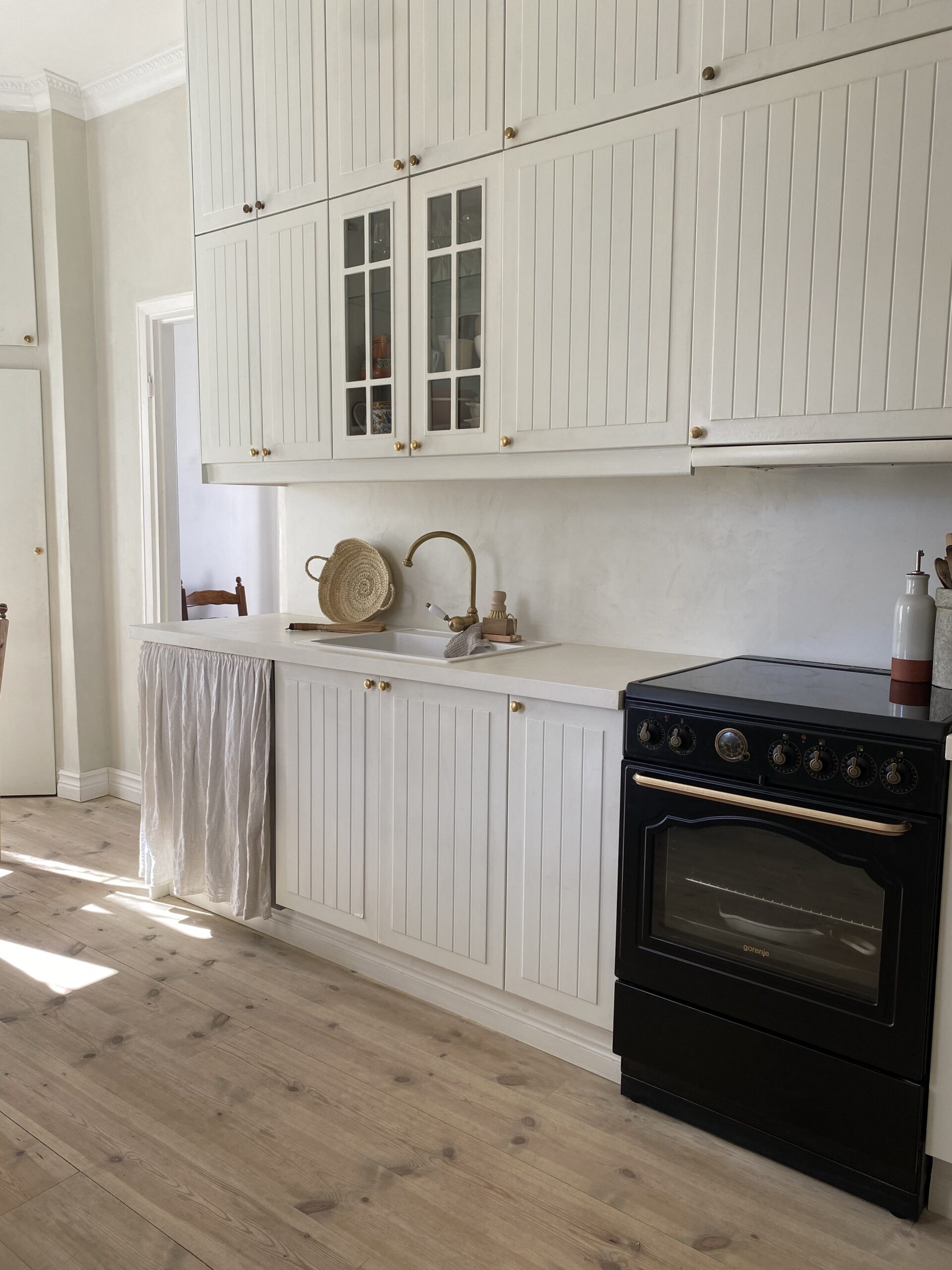In today’s fast-paced world it’s perhaps a bit extra important important to create a calm and peaceful space in our homes. One way to achieve this is by hiding electronics, such as a television, when not in use. Toda I’m sharing a simple and stylish way to cover up your TV using the same method as when you hang a tapestry.
To start, you’ll need a few materials: a decorative tapestry or fabric, a curtain rod, and some hooks or nails. The first step is to measure the width of your TV and add a few inches to each side to ensure full coverage. Then, measure the height of your TV and add a few inches to the top and bottom to allow for the tapestry to hang freely. I used a thick curtain I already had at home.
Next, attach the curtain rod to the wall above the TV using hooks or nails. Make sure the rod is level and centered above the TV. Then, thread the tapestry or fabric onto the curtain rod and adjust it so that it covers the TV completely. You can use clips or pins to hold the tapestry in place if necessary.
Now, whenever you want to hide your TV, simply slide the tapestry along the rod and let it hang in front of the screen. When you’re ready to watch TV again, just slide the tapestry back to reveal the screen.
Not only does this method create a calm and clutter-free space, but it also adds a decorative element to your room. Choose a tapestry or fabric that complements your decor and reflects your personal style. And if you want to switch things up, it’s easy to change the tapestry or fabric to something new.
In conclusion, hiding electronics such as a TV can help create a more peaceful and mindful living environment. By using a decorative tapestry or fabric and a simple curtain rod, you can easily cover up your TV when not in use. This method is not only practical, but it also adds a stylish touch to your space. So why not give it a try and see how it can transform your home into a calming oasis of slow living?
